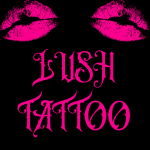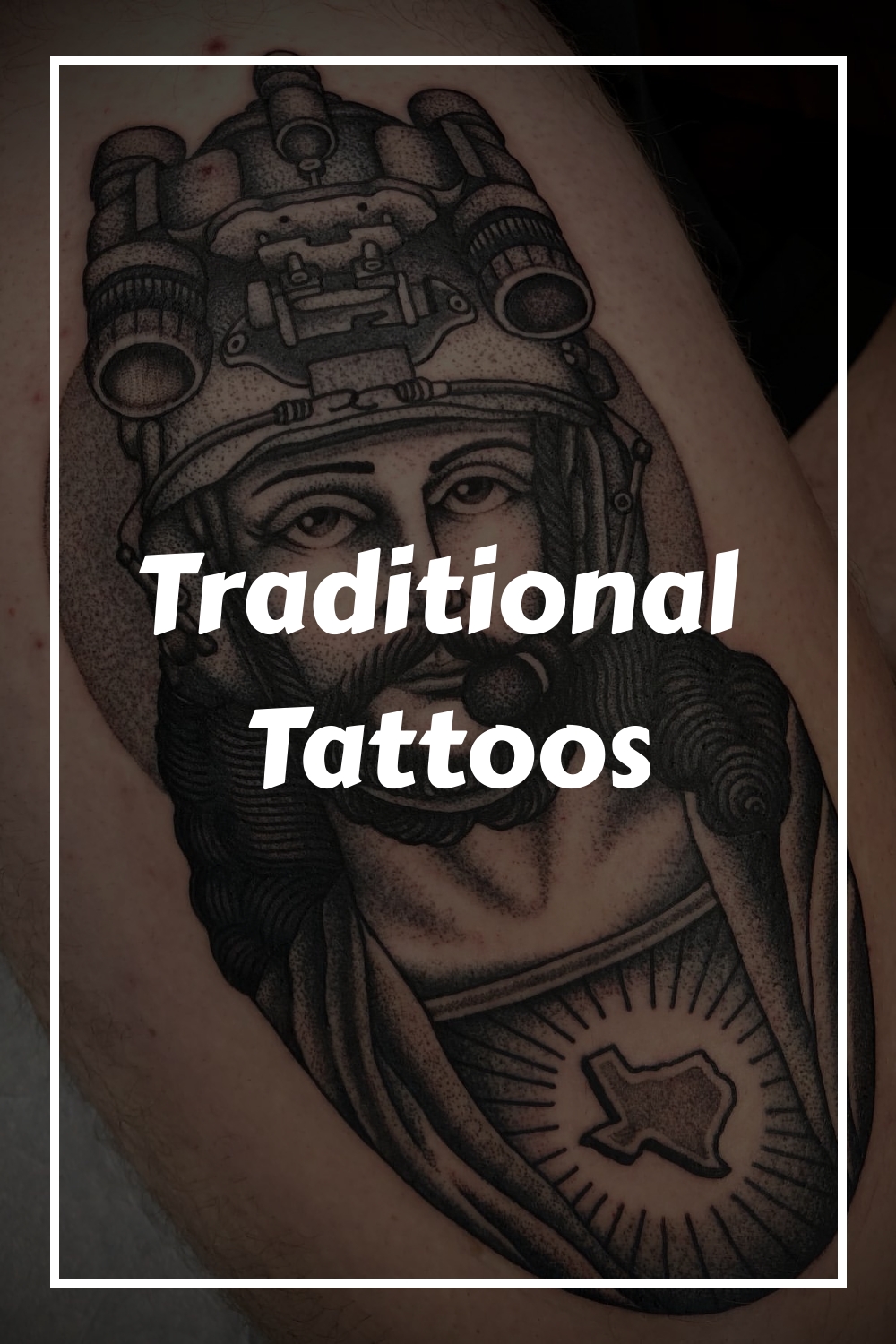Traditional Tattoos
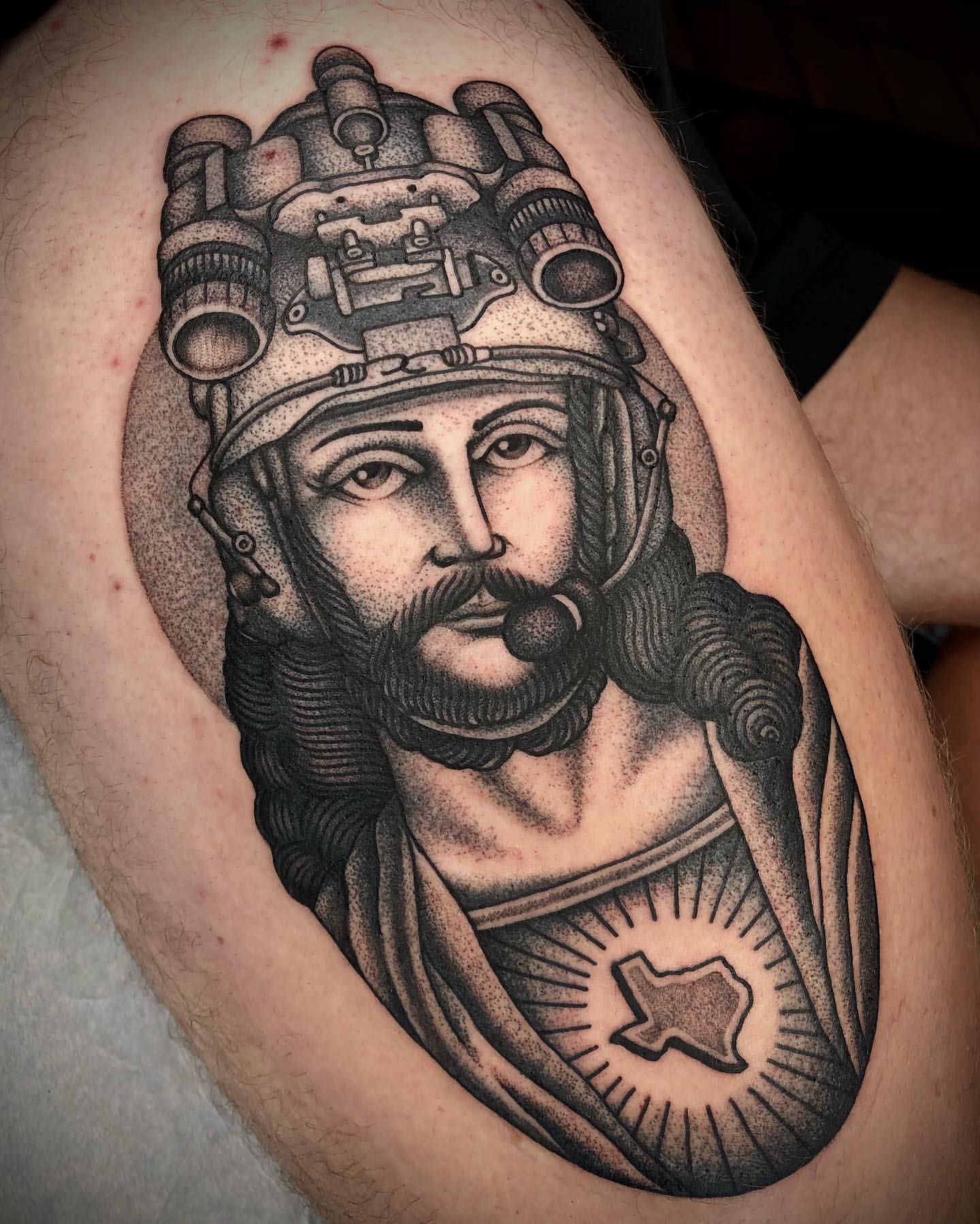
You know that feeling when you come across a stunning piece of artwork that seems to tell a story through colors and lines? That’s exactly the experience that traditional tattoos offer. From bold and vibrant designs to deep cultural symbolism, traditional tattoos have been around for centuries, serving as a visual expression of identity and heritage. In this article, we take a closer look at the rich history and fascinating characteristics of traditional tattoos, revealing how they continue to captivate and inspire with their timeless allure.
Amazing Traditional Tattoos (Please Pin Your Favorite Pics)
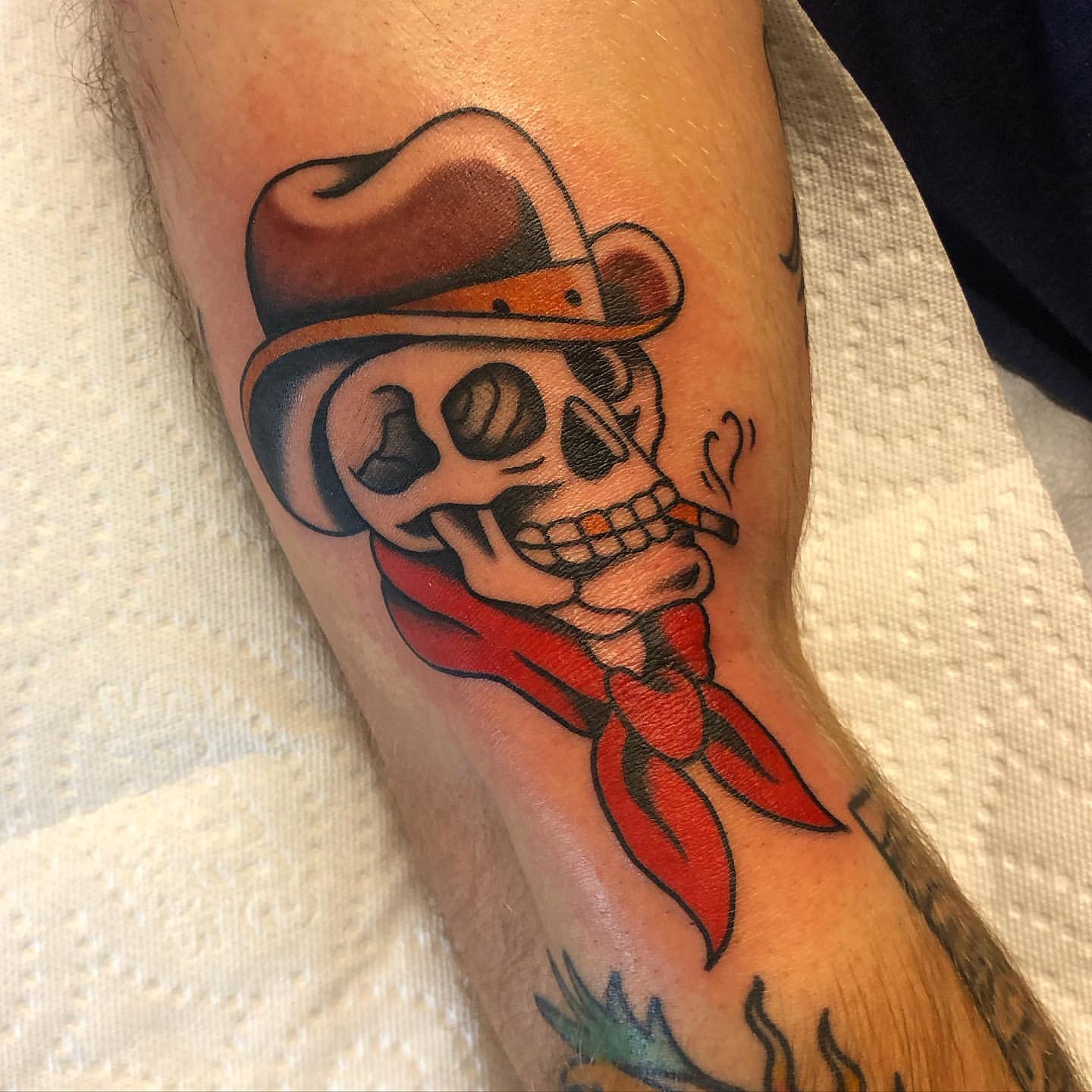
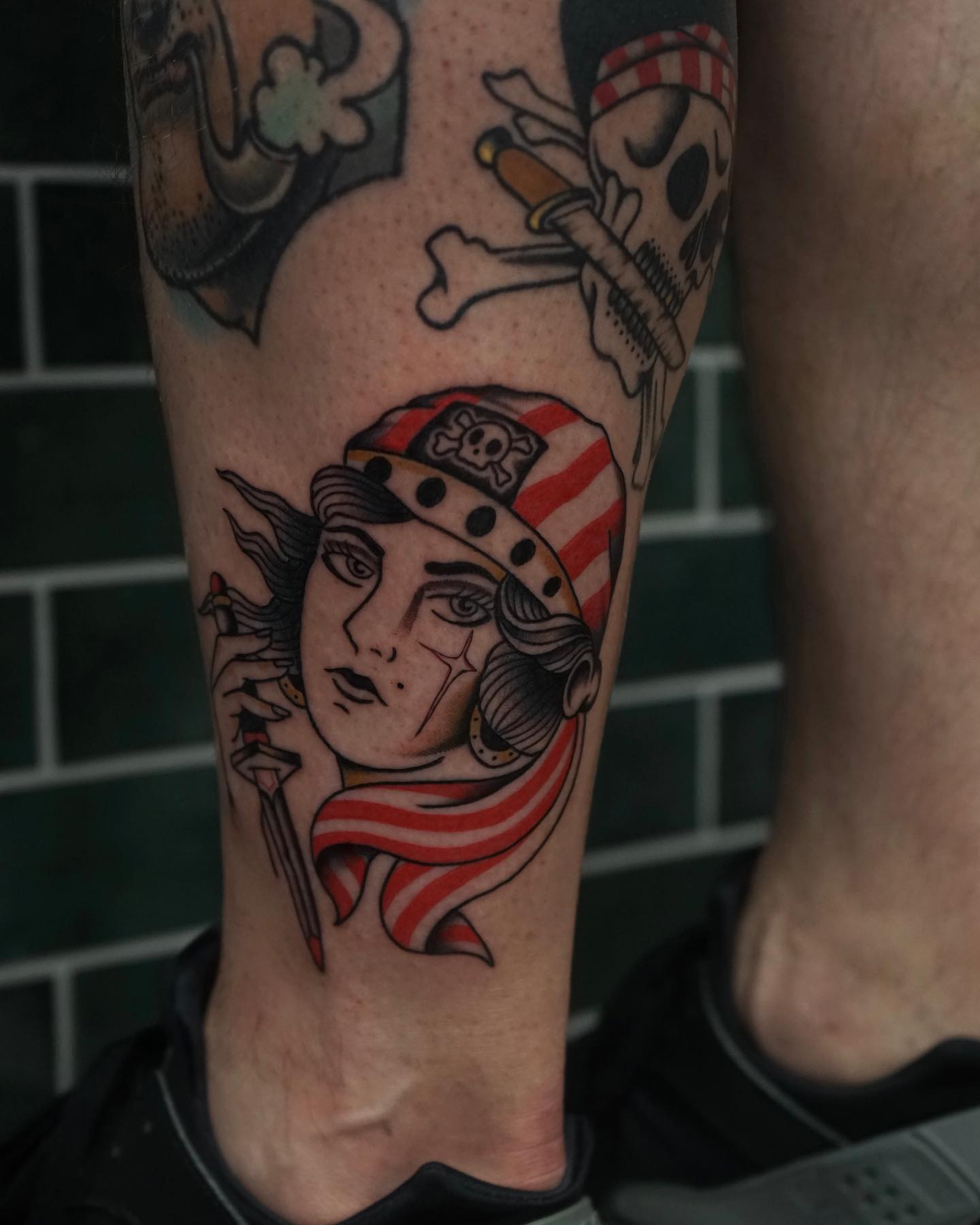
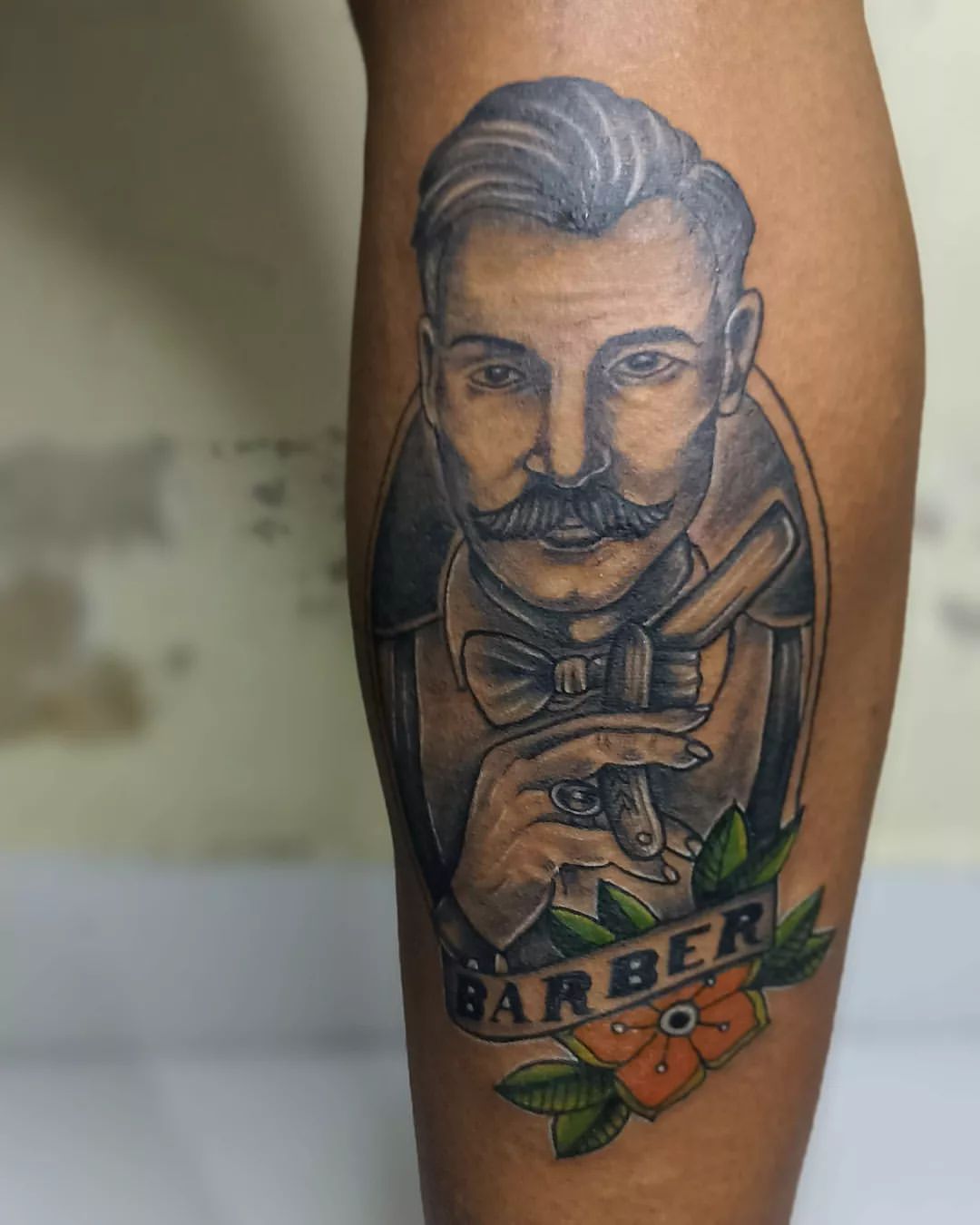
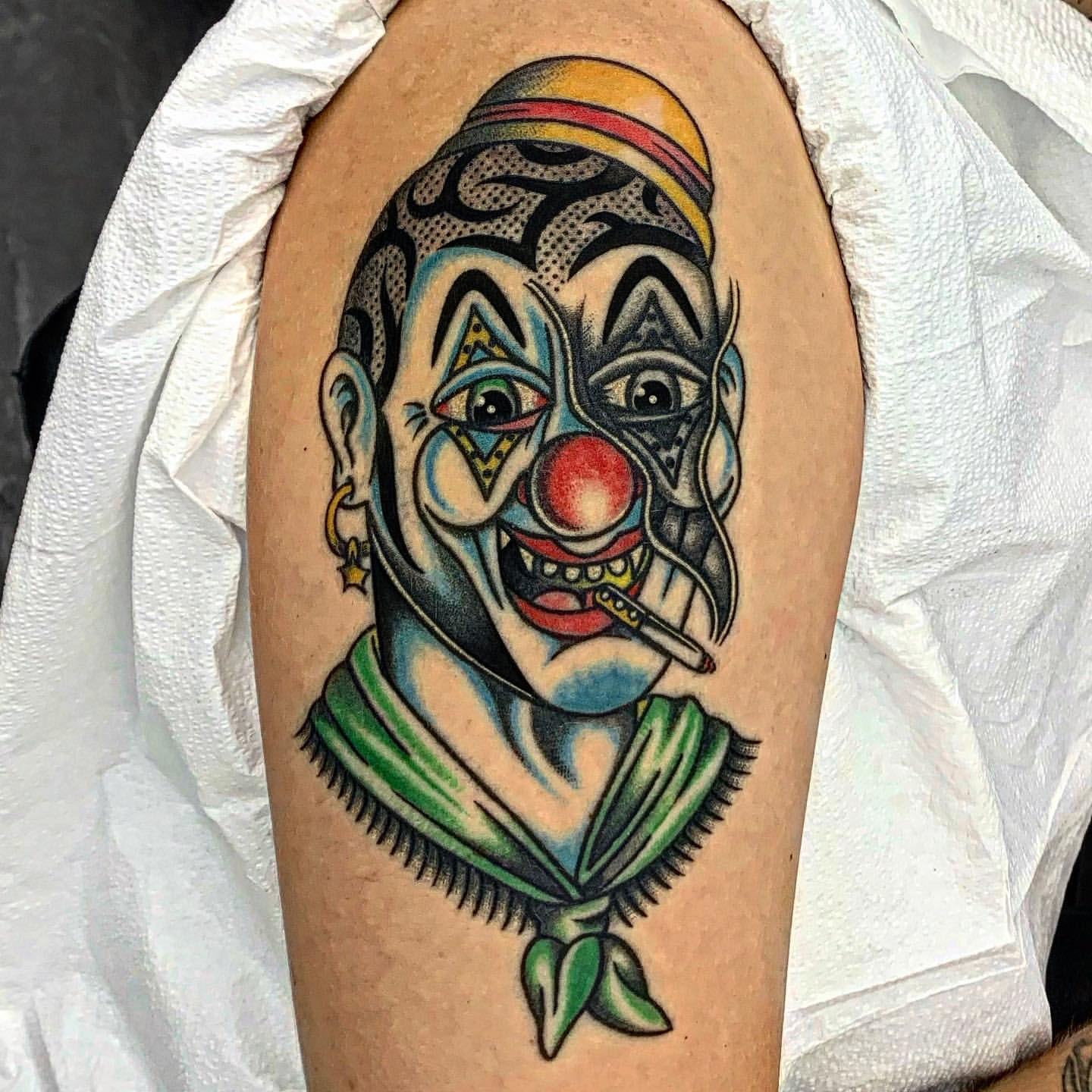
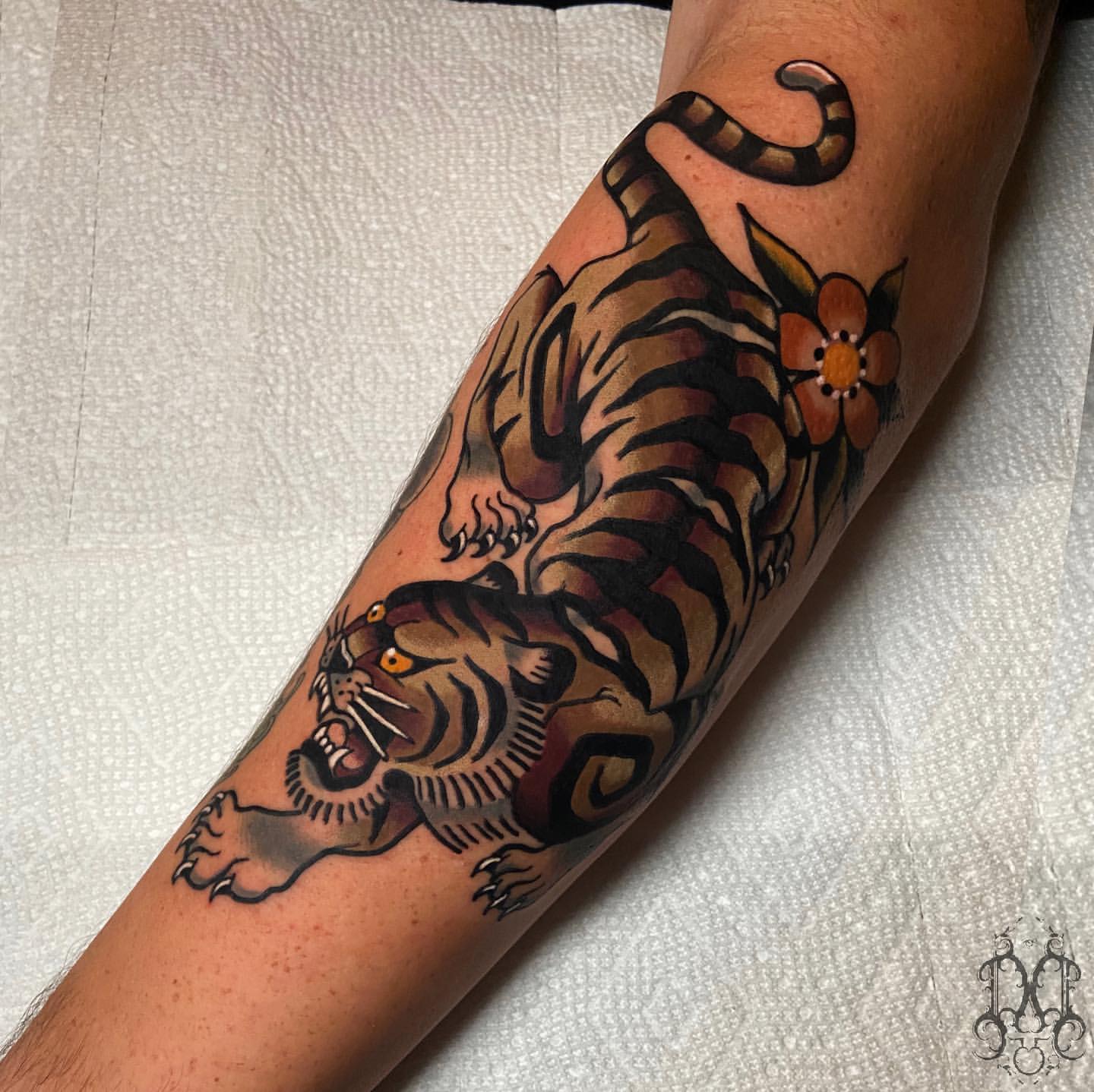
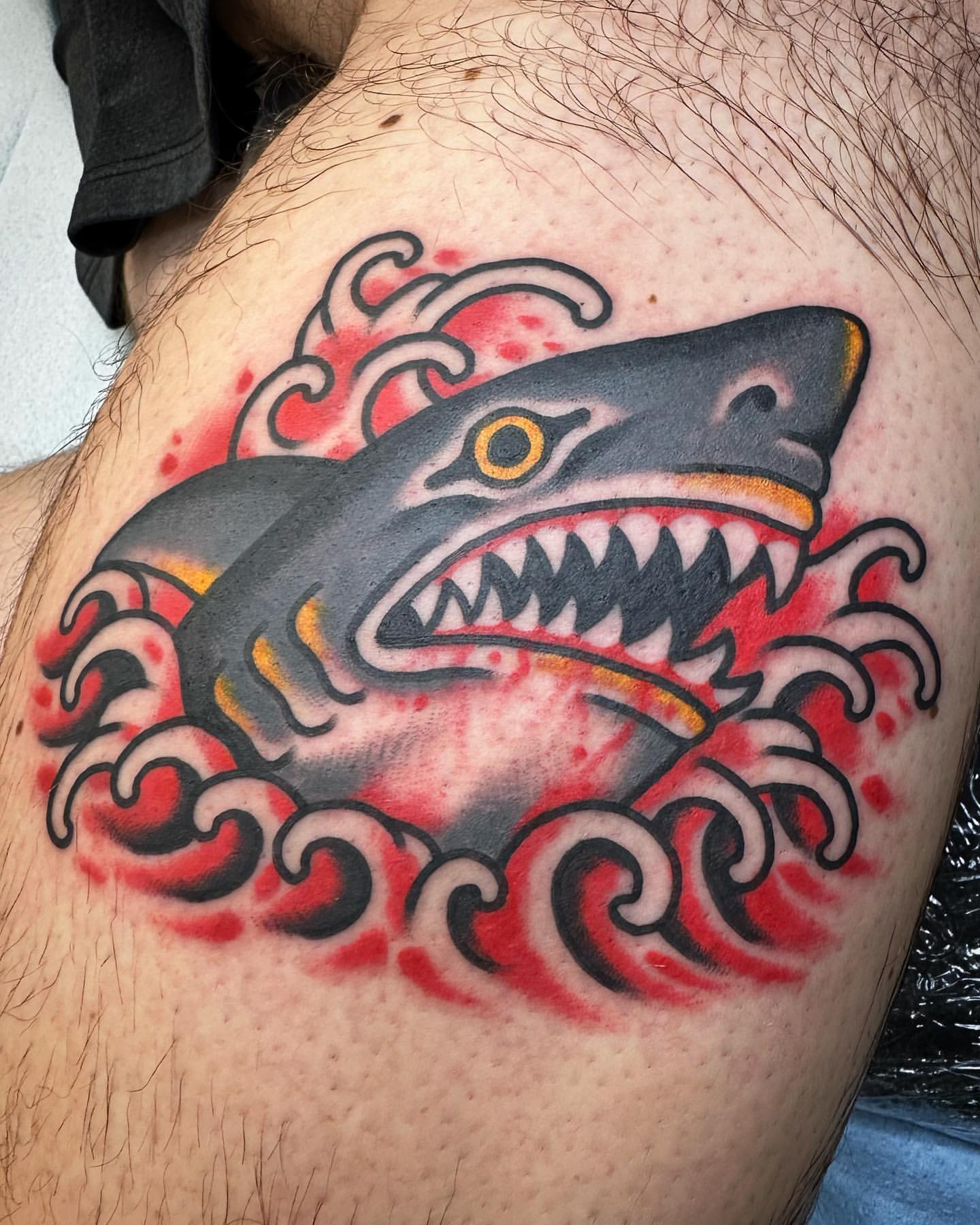
Styles of Traditional Tattoos
Sailor tattoos
Sailor tattoos, also known as “old school tattoos,” originated among sailors during the late 18th and early 19th centuries. These tattoos often featured nautical symbols like anchors, ships, and swallows. Sailor tattoos were popularized by sailors who traveled the world and served as mementos of their adventures. Today, sailor tattoos are beloved for their bold lines, vibrant colors, and timeless designs.
Tribal tattoos
Tribal tattoos have a deep cultural significance in many indigenous communities worldwide. These tattoos were historically used to denote identity, social status, and even rank within tribes. Tribal tattoo designs vary greatly, with each tribe having its own unique symbols and patterns. The use of bold lines and geometric shapes is characteristic of tribal tattoos, creating visually striking and culturally significant body art.
Japanese Irezumi
Irezumi is a traditional Japanese tattoo art form that dates back thousands of years. These intricate tattoos are known for their vibrant colors, intricate details, and extensive coverage of the body. Japanese Irezumi often features mythological creatures, historical figures, and elements of nature, each carrying symbolic meaning. Irezumi is considered a highly respected and prestigious art form in Japanese culture, representing strength, honor, and spiritual connection.
Blackwork tattoos
Blackwork tattoos, as the name suggests, are characterized by the use of solely black ink or predominantly black designs. This style draws inspiration from traditional tattooing techniques, such as dotwork and linework, to create intricate and visually striking designs. Blackwork tattoos often feature geometric patterns, mandalas, or occult symbols, making them popular among individuals seeking bold and mystic designs.
Celtic tattoos
Celtic tattoos originated in ancient Celtic culture, which spanned across much of Western Europe. These tattoos are characterized by intricate knotwork, spirals, and interlaced patterns, often inspired by Celtic mythology and symbolism. Celtic tattoos often reflect themes of strength, protection, and connection to nature. These designs are highly popular among individuals with Celtic heritage or an affinity for intricate and symbolic tattoo art.
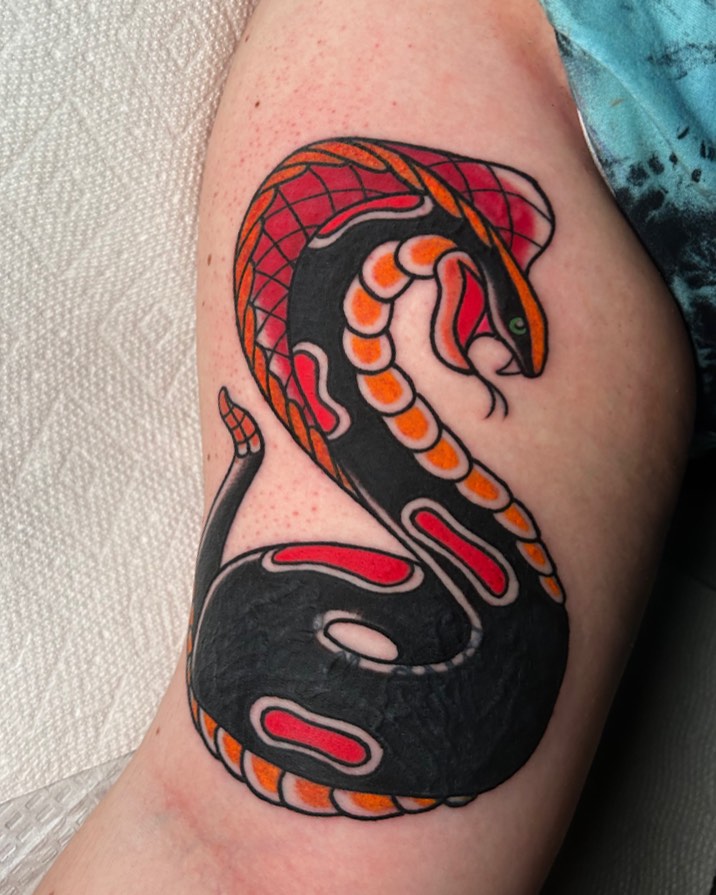
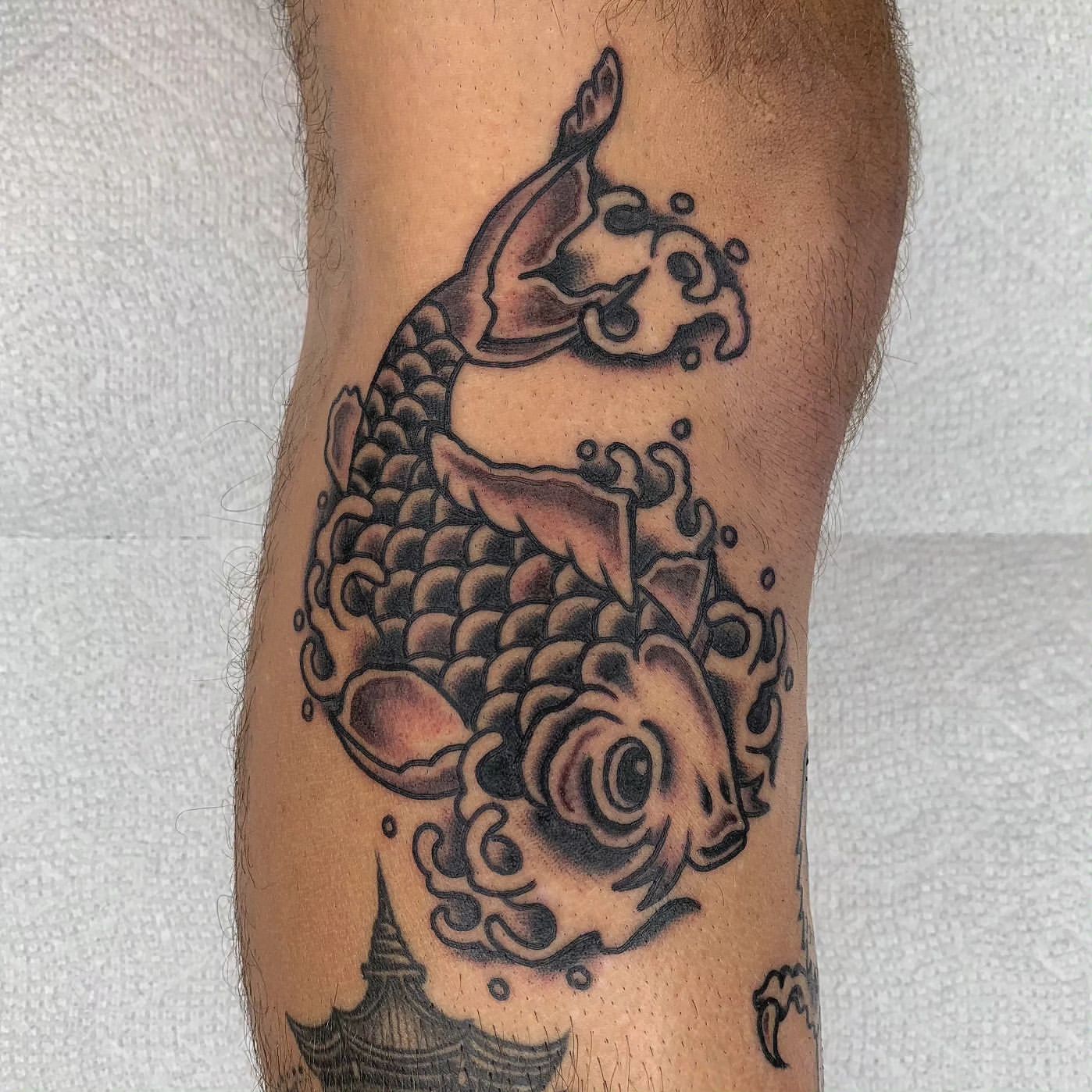
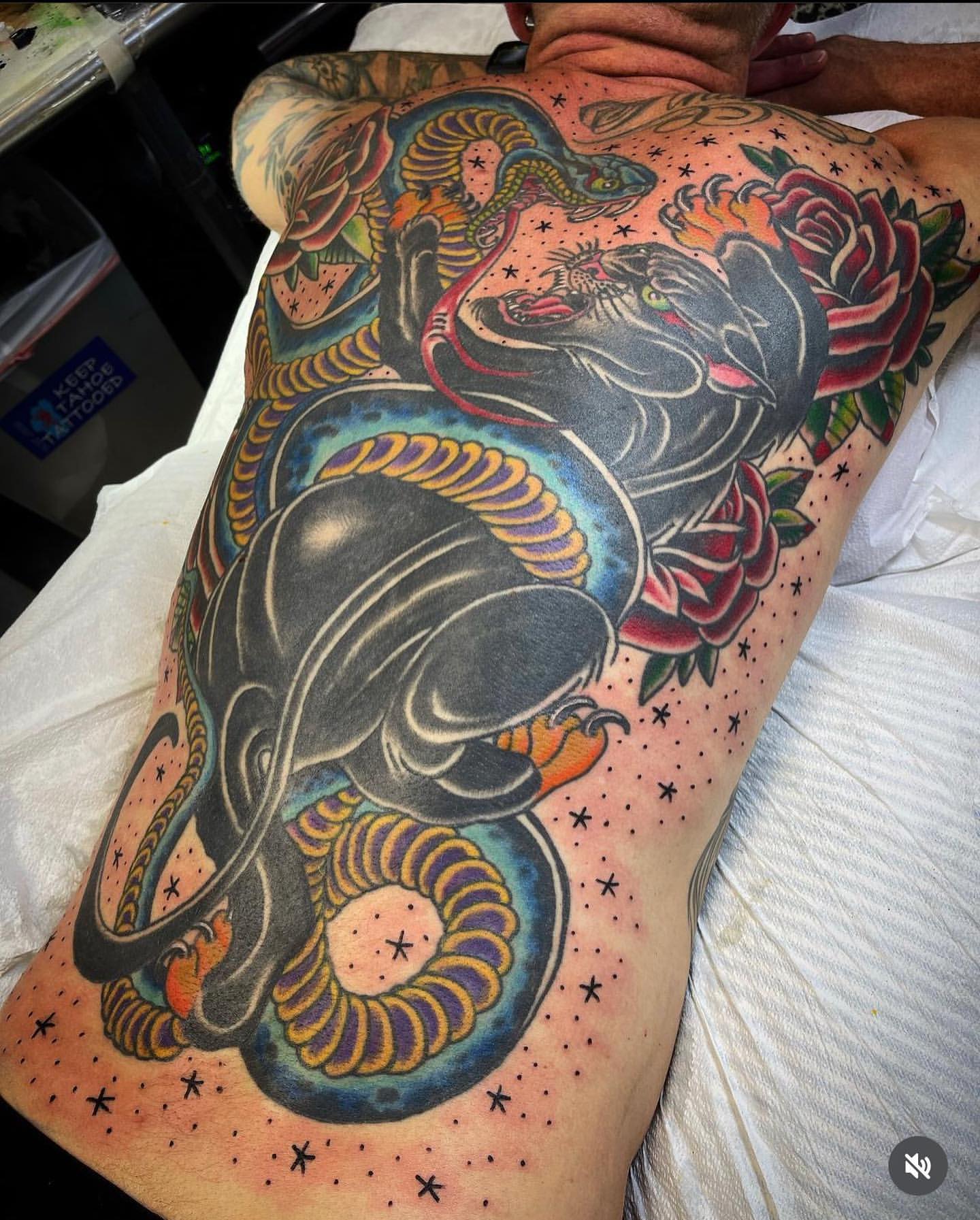
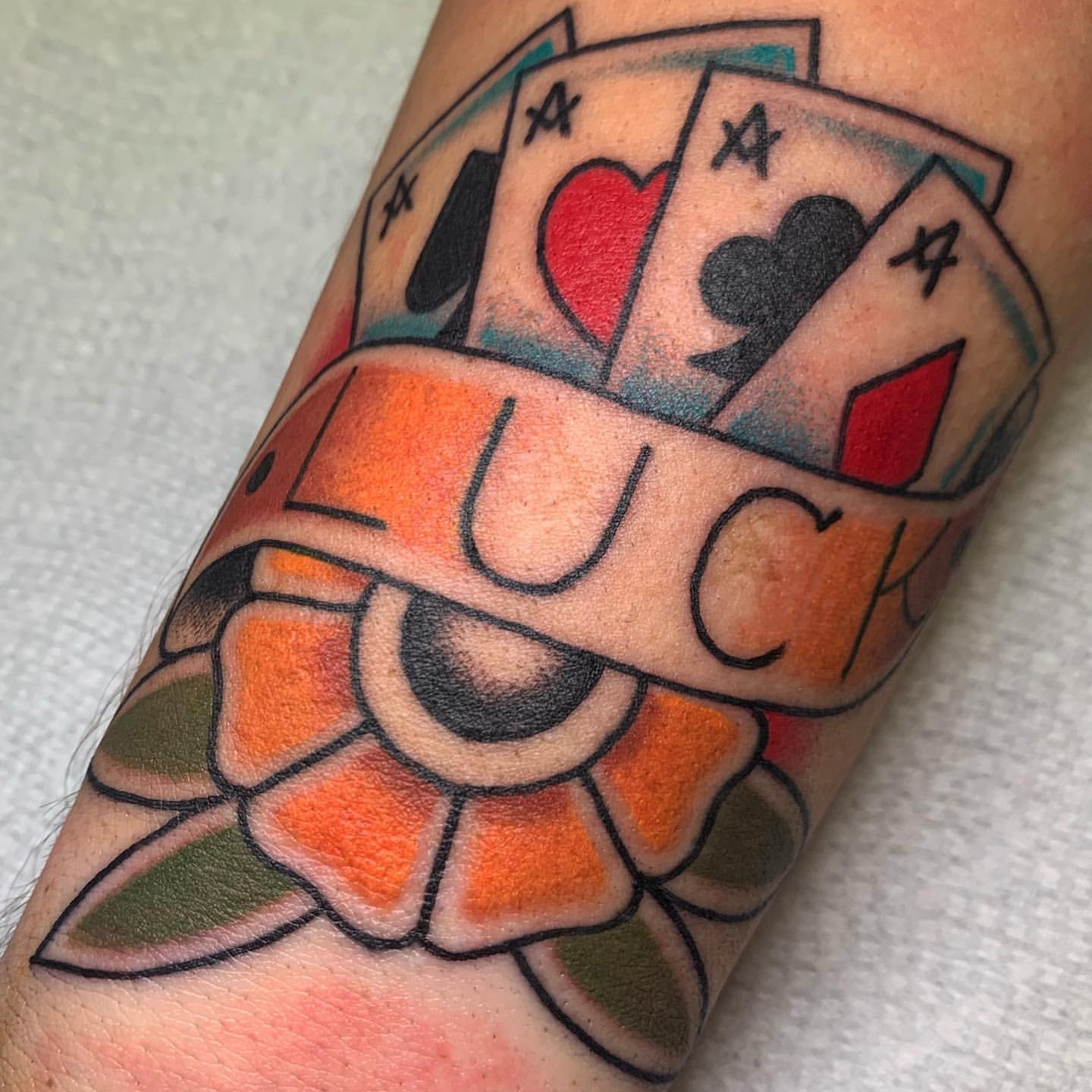
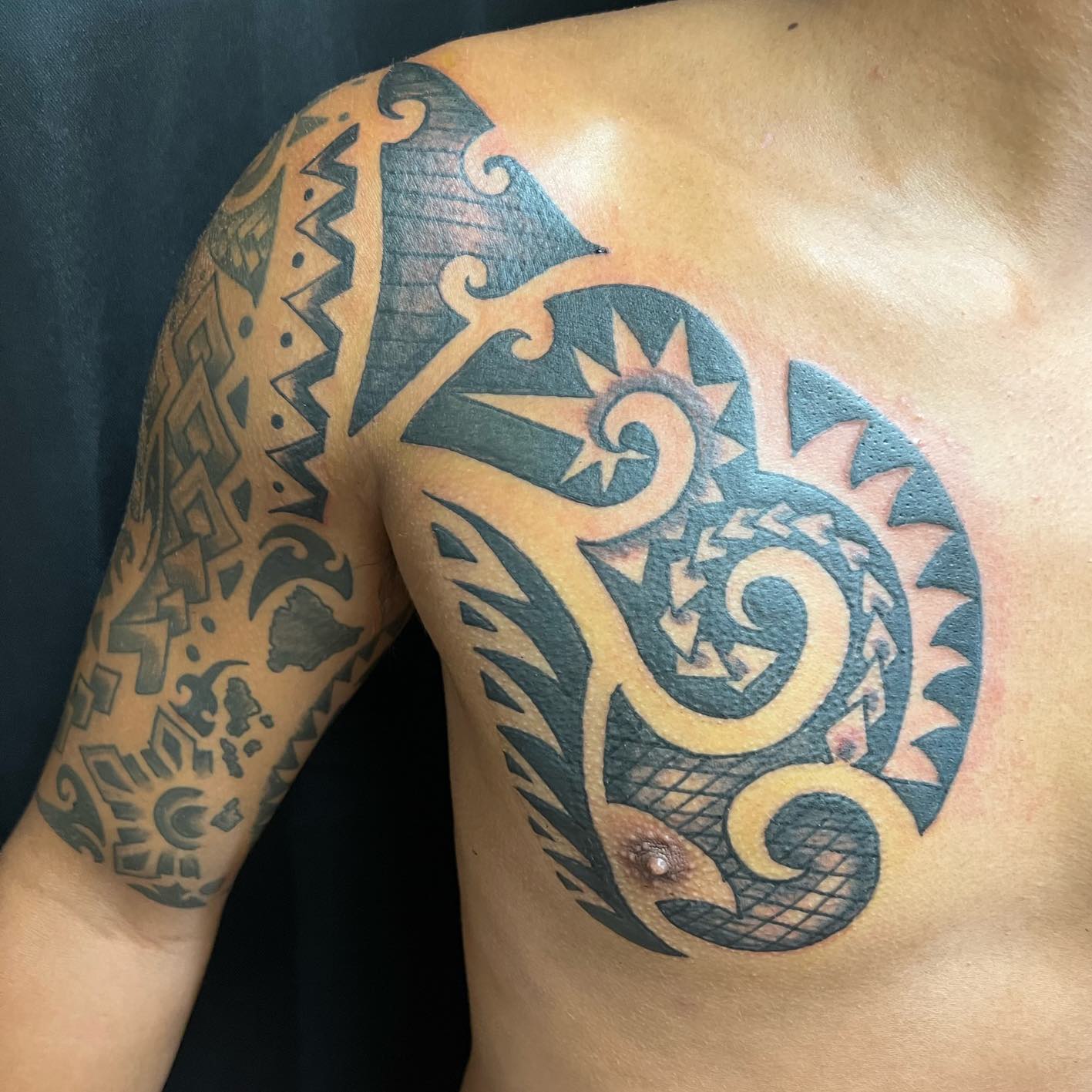
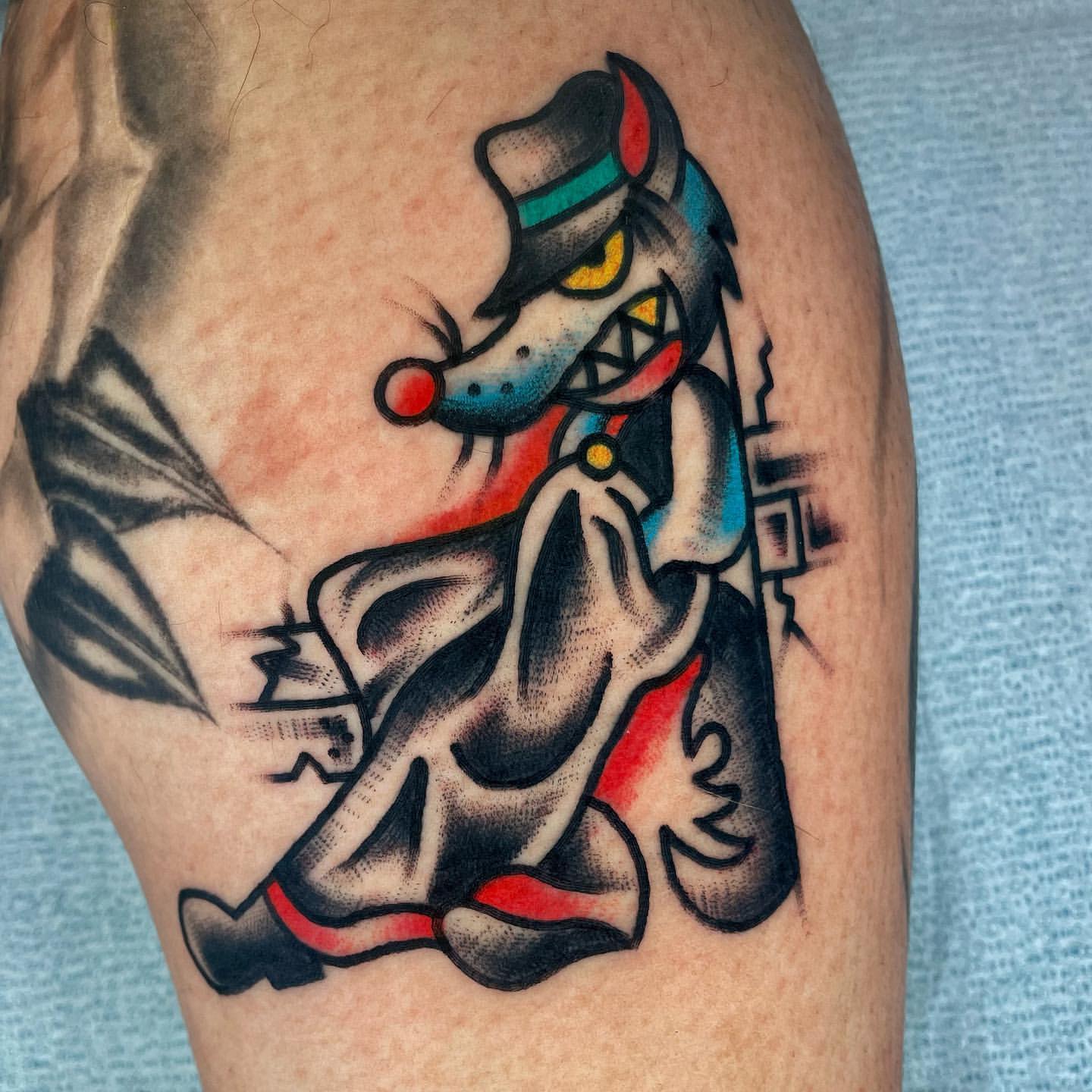
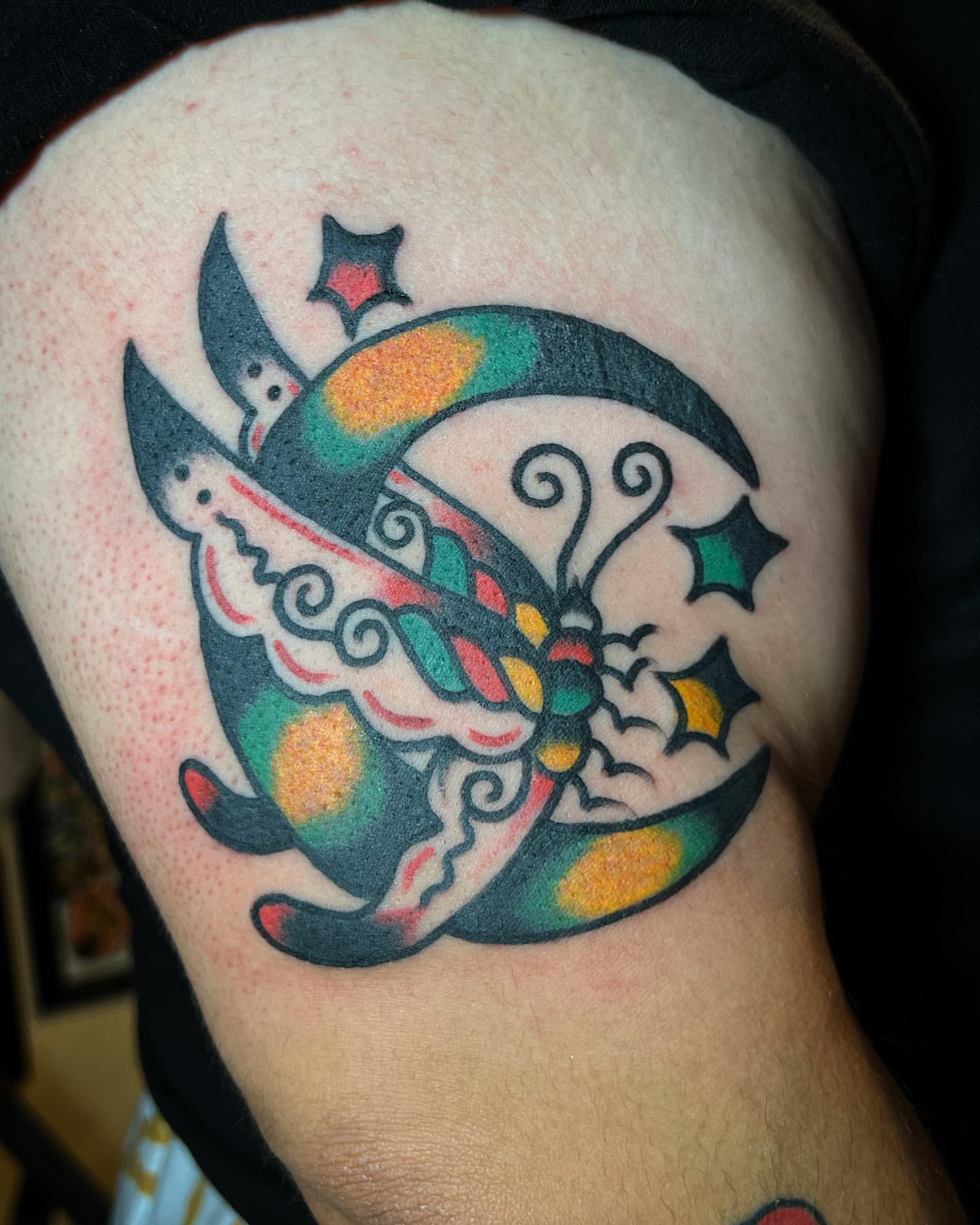

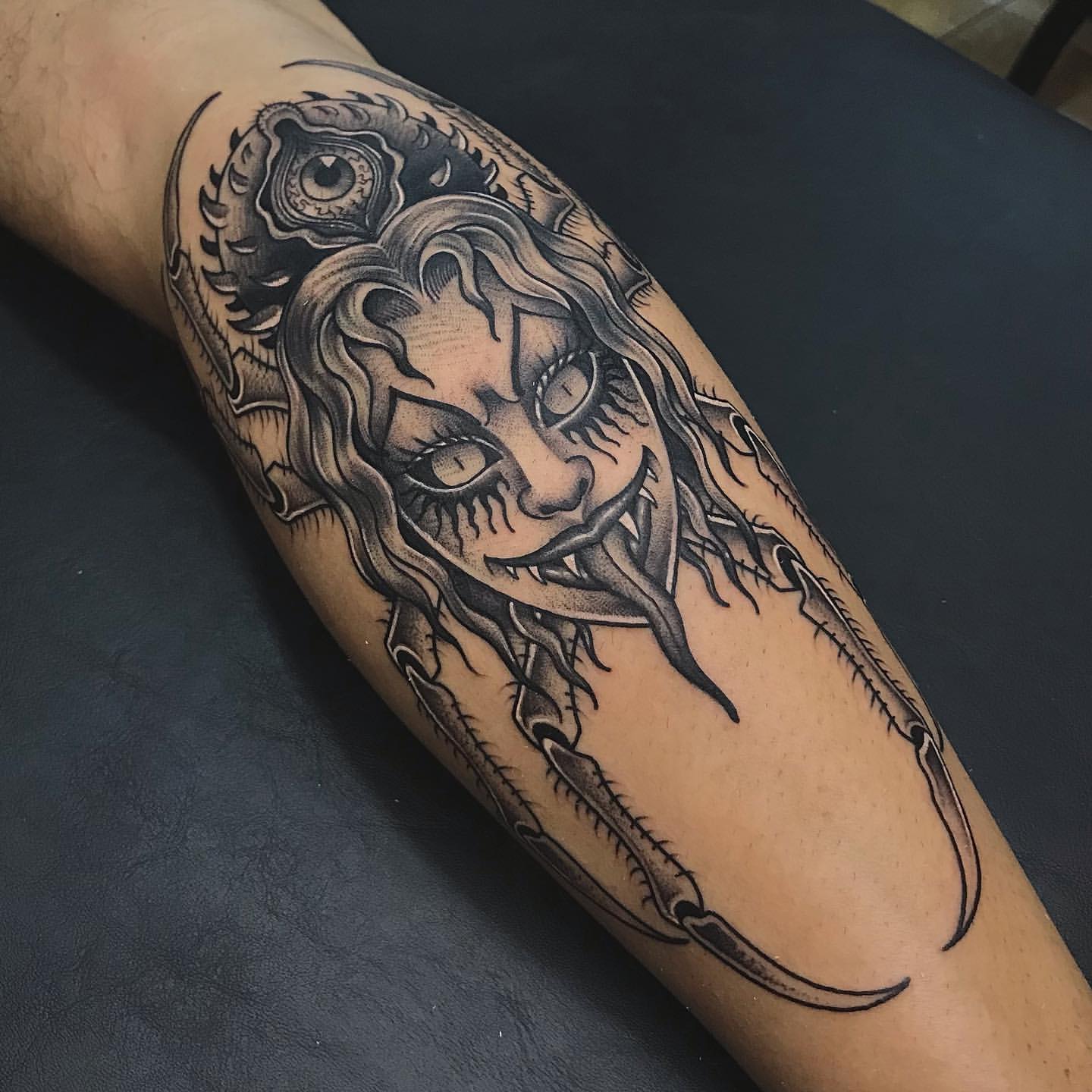
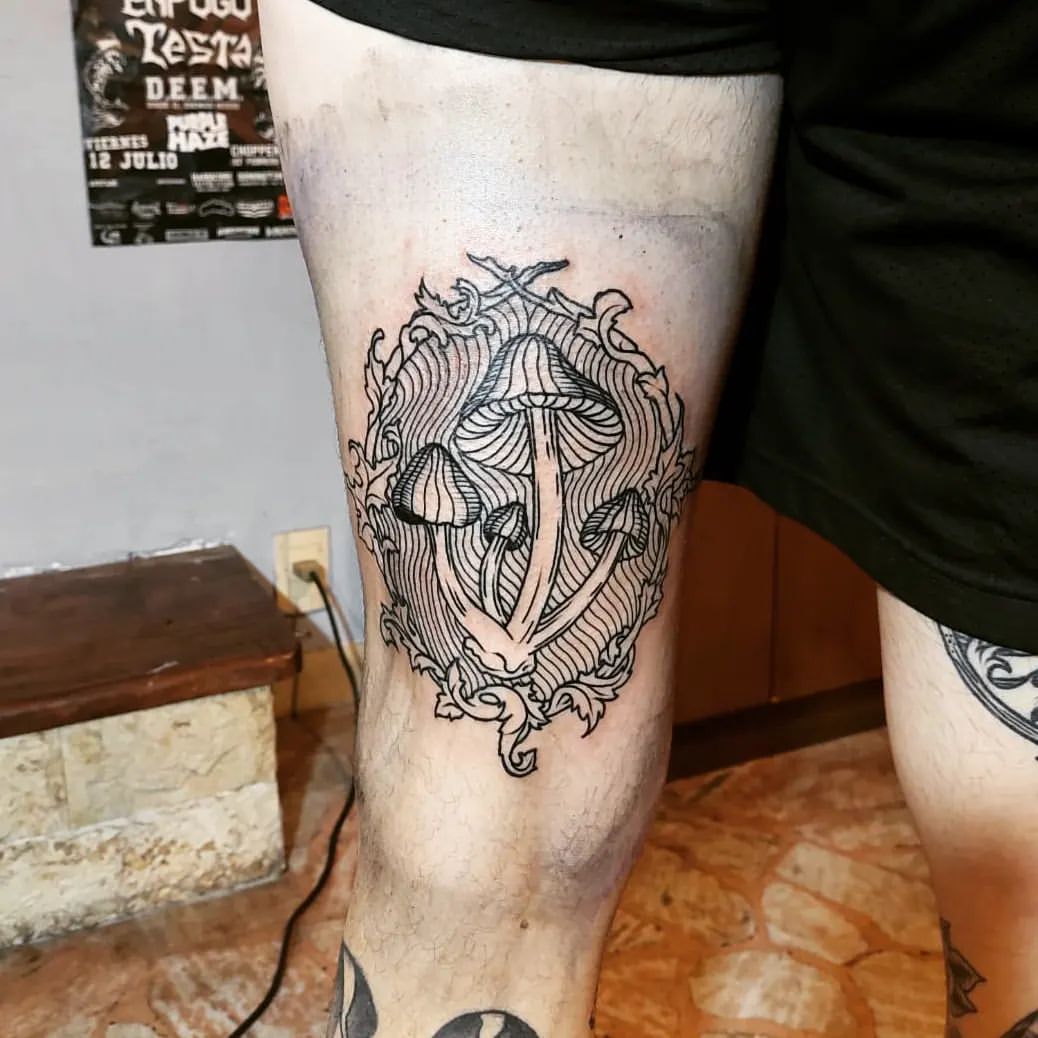
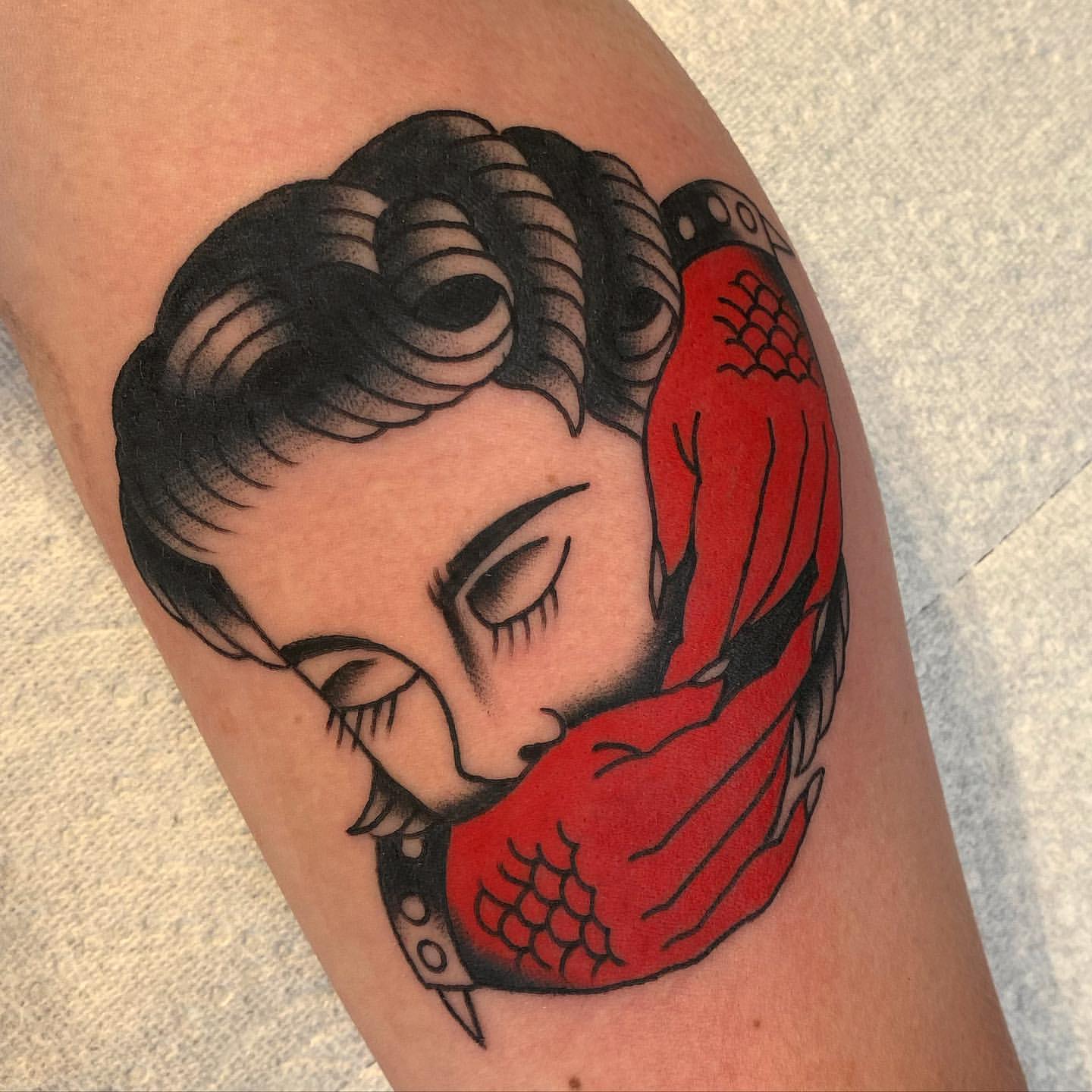
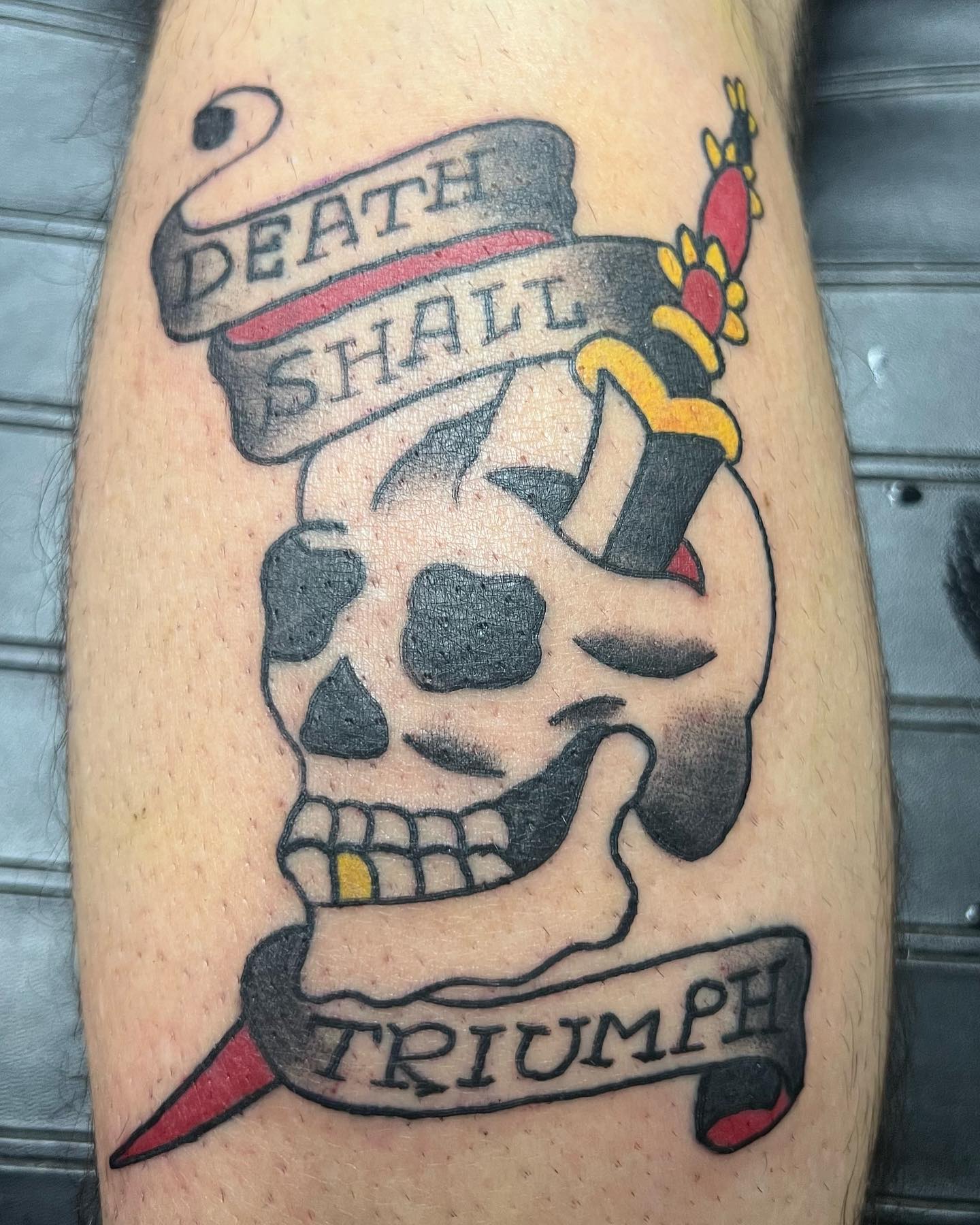
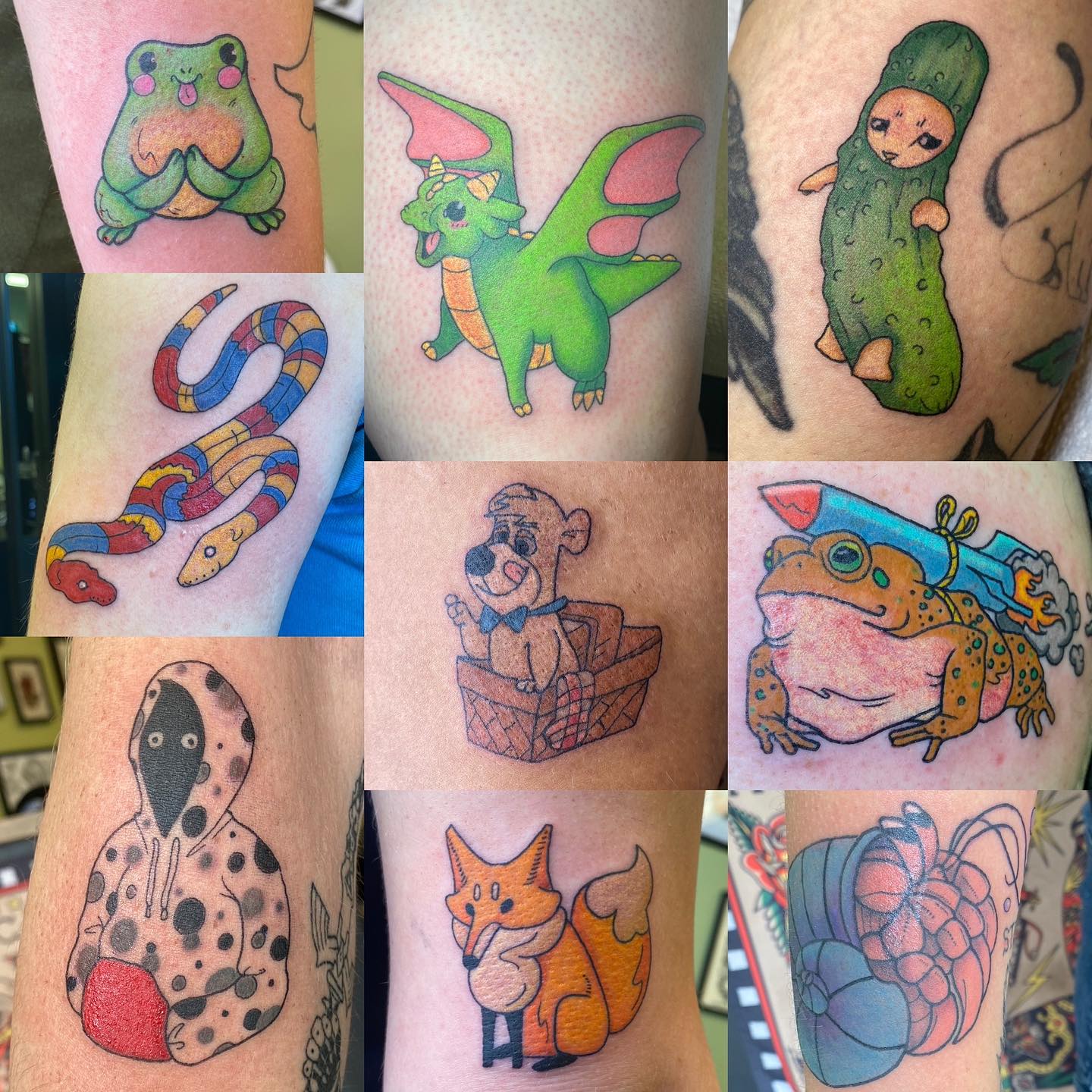
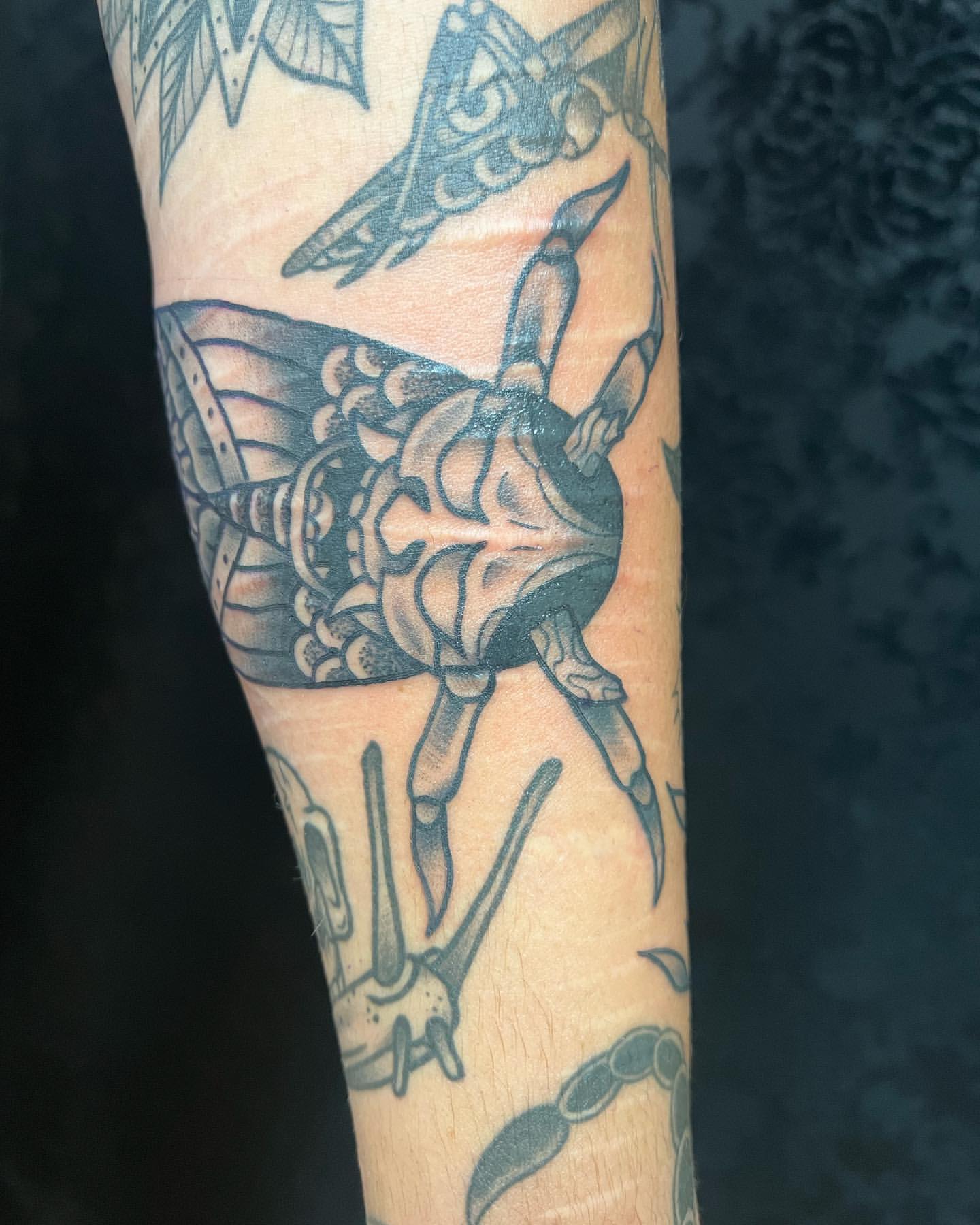
.
.
.
#tattoo #tattoos #tattooart #tattooartist #blackandgrey #blackandgreytattoo #hannya #hannyatattoo #cicada #tradtattoos #traditionaltattoos #traditional #linework #montanatattooartist #bitterrootvalley #thesolidink #peakneedles #inkeeze
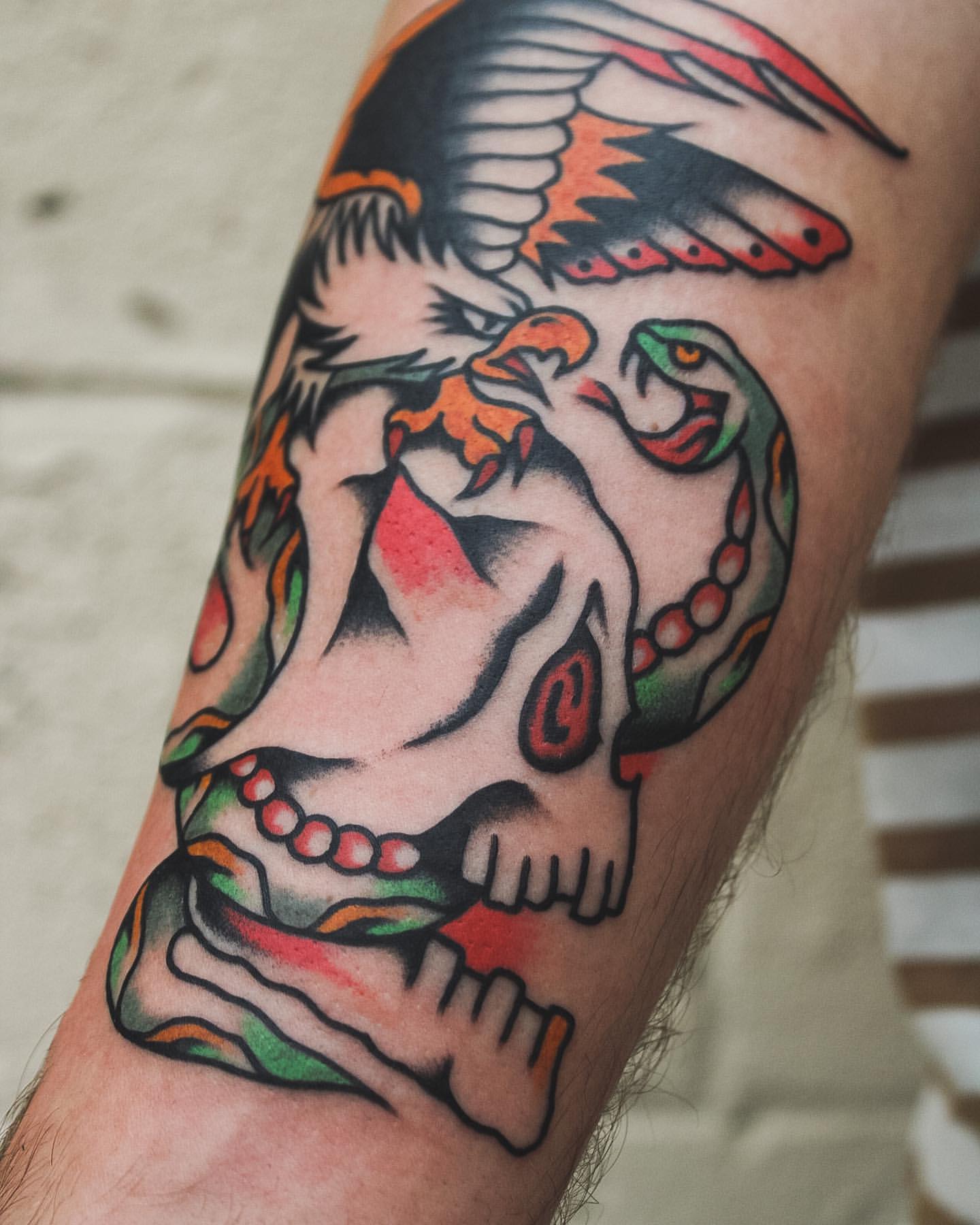
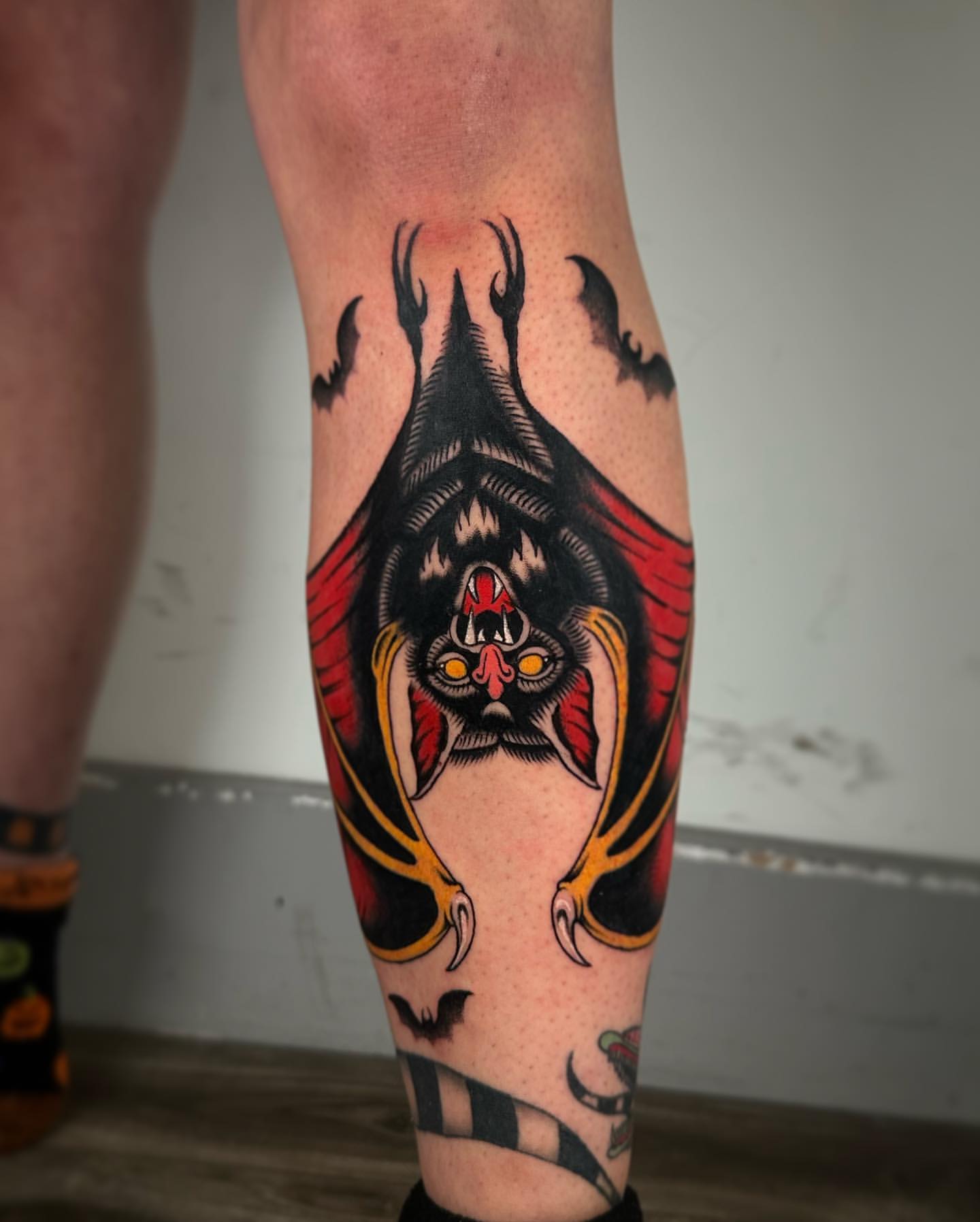
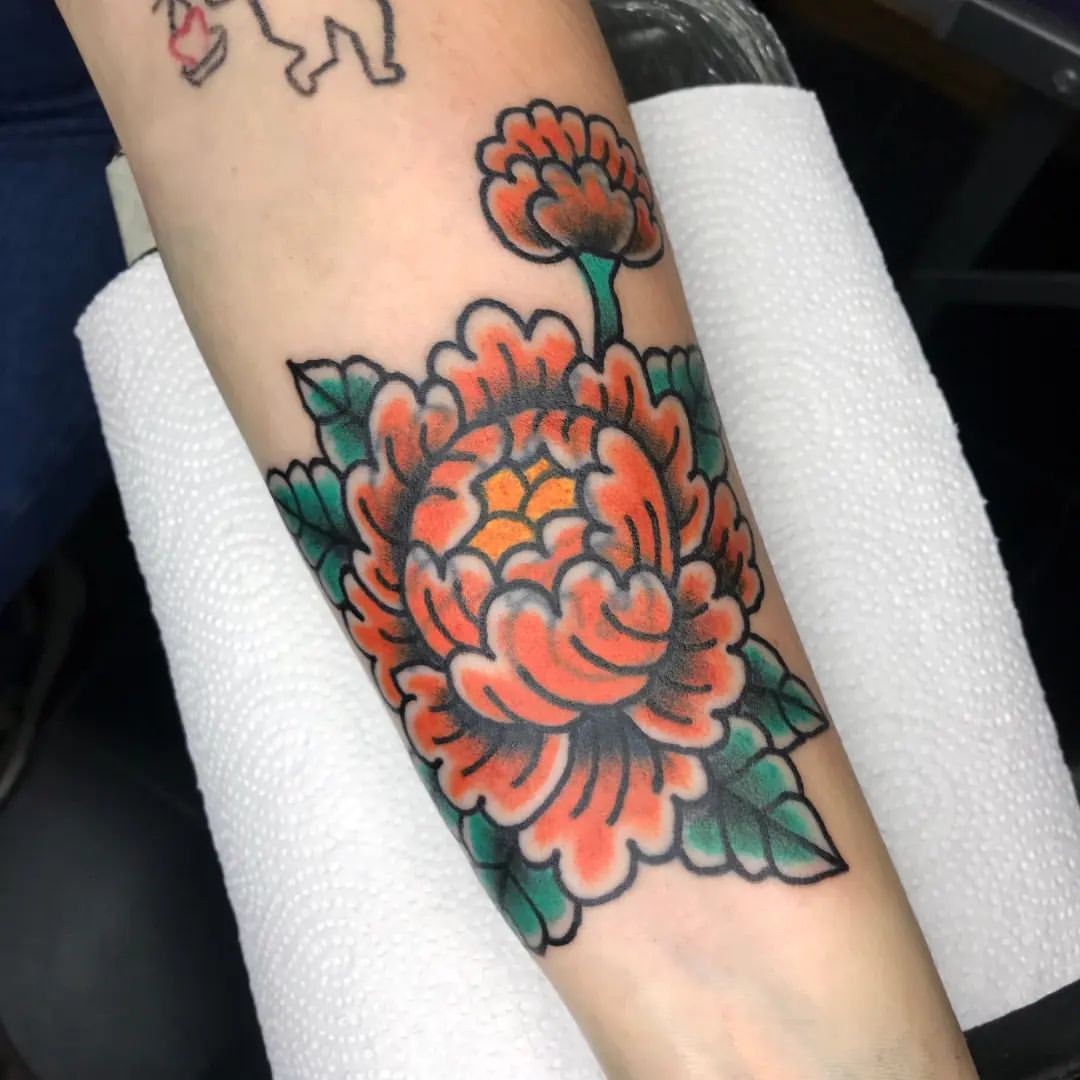
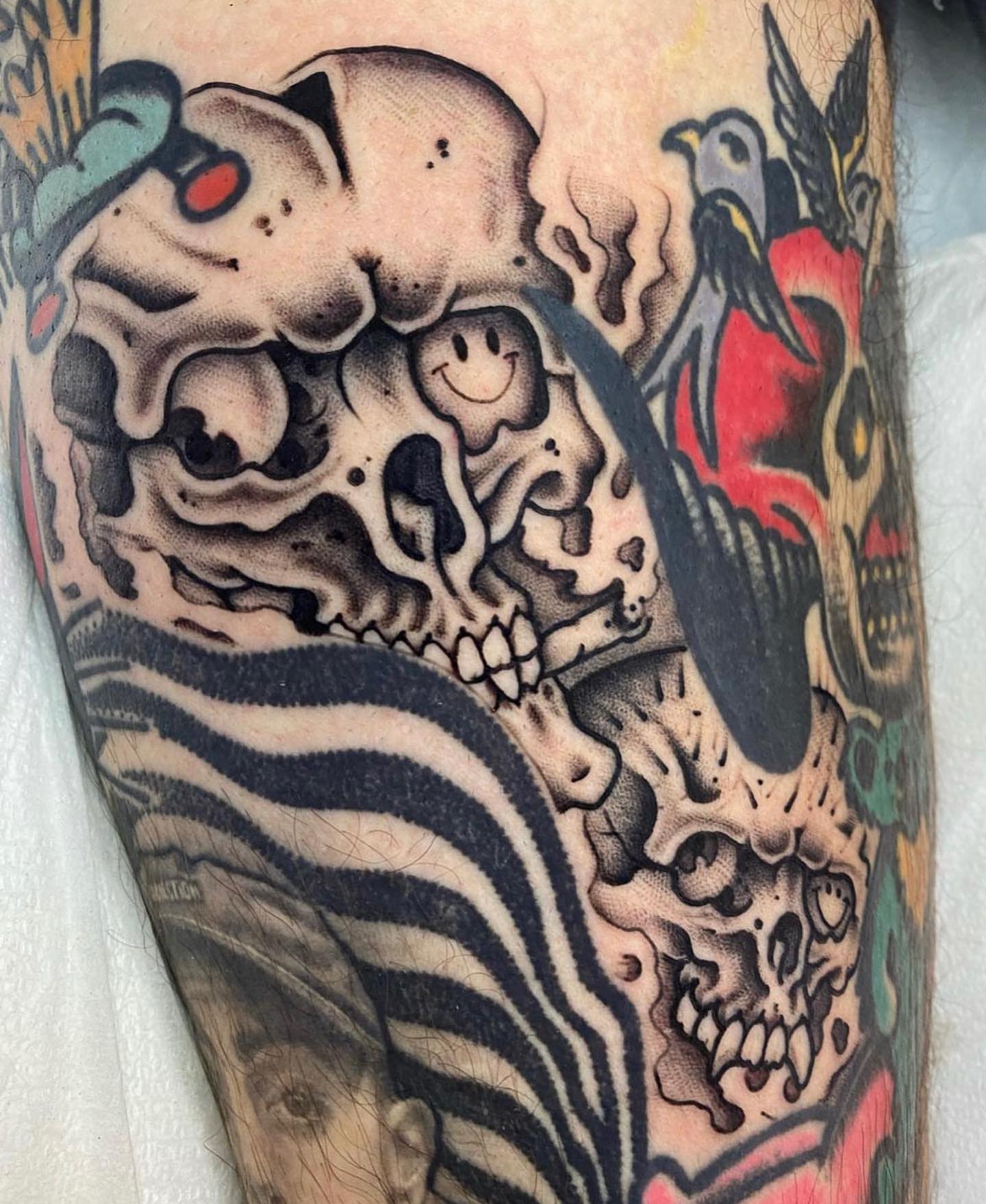
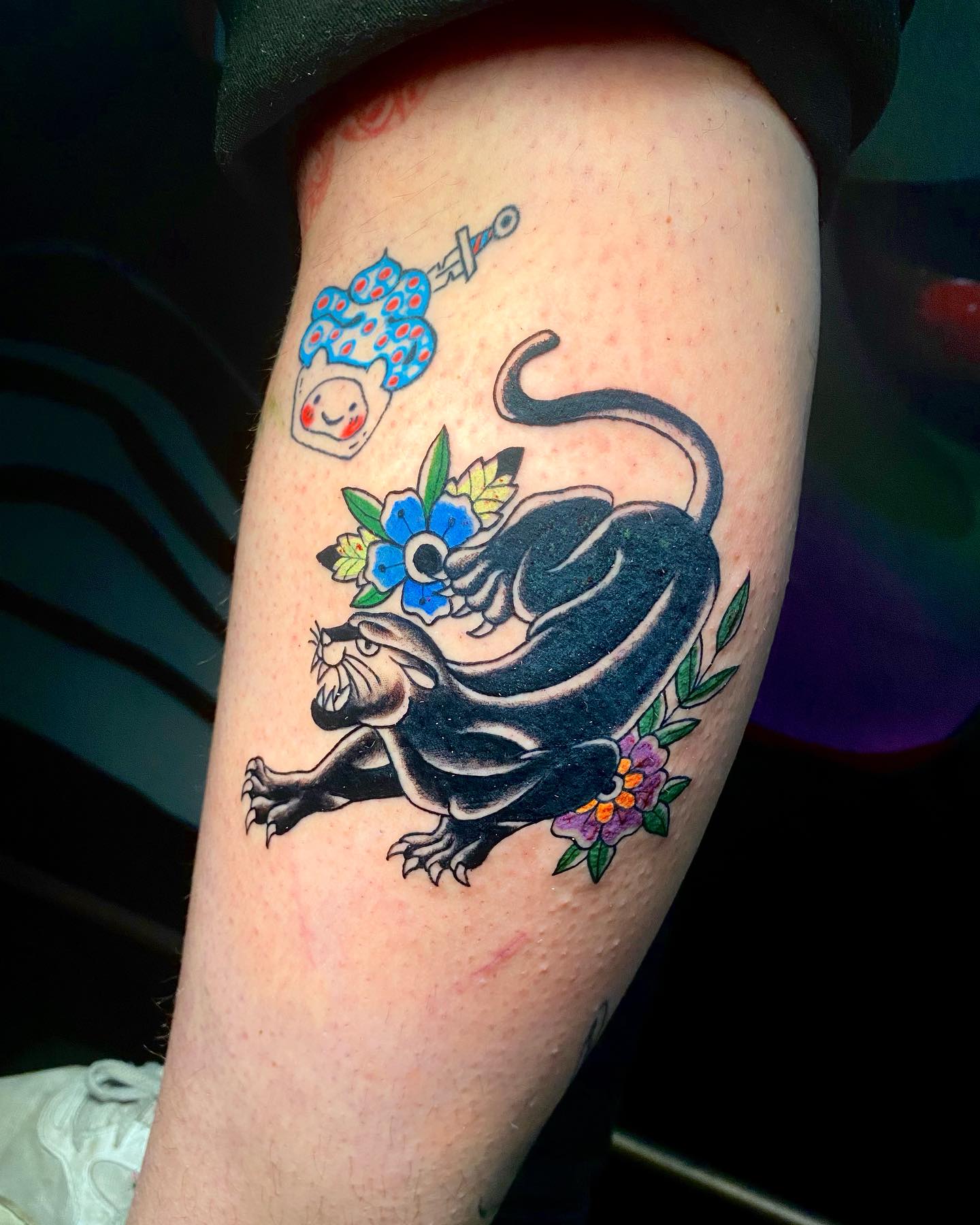
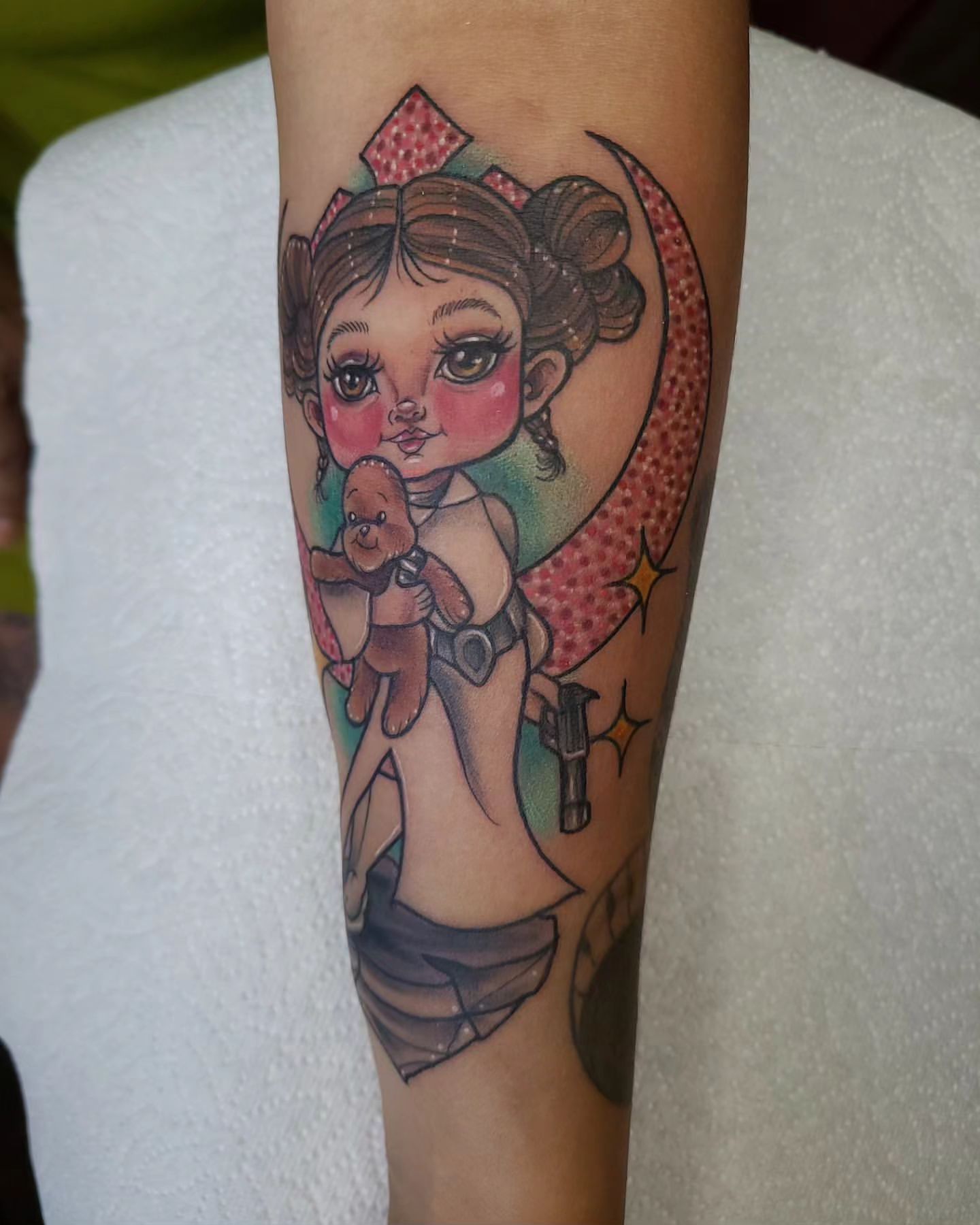
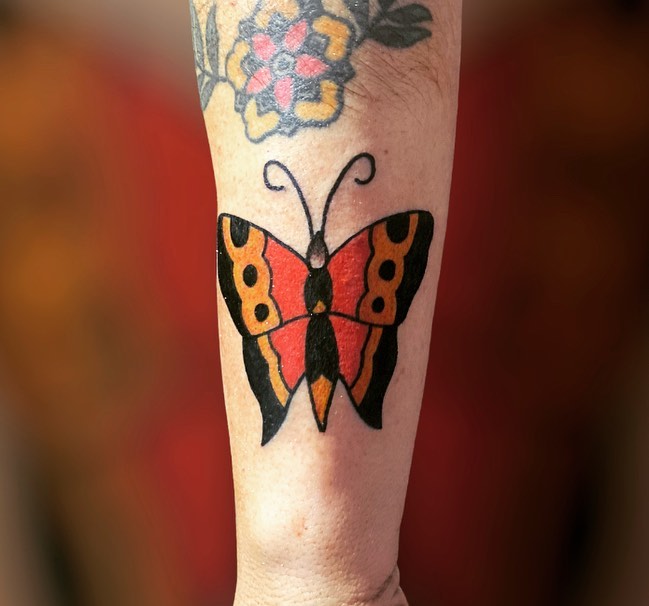
Brigth n Bold.
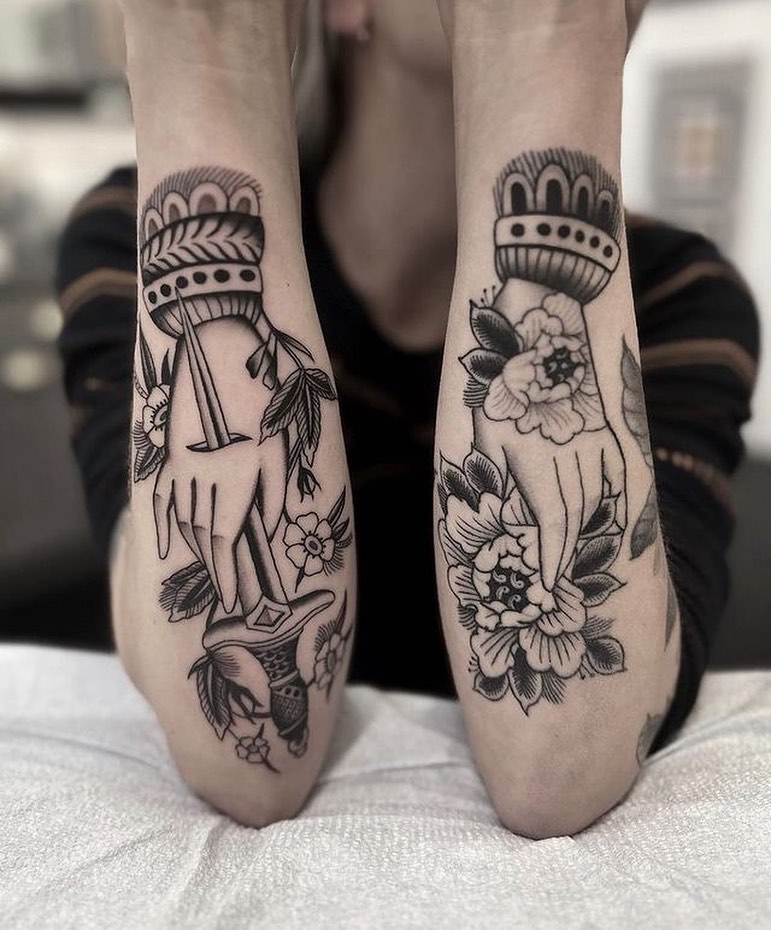
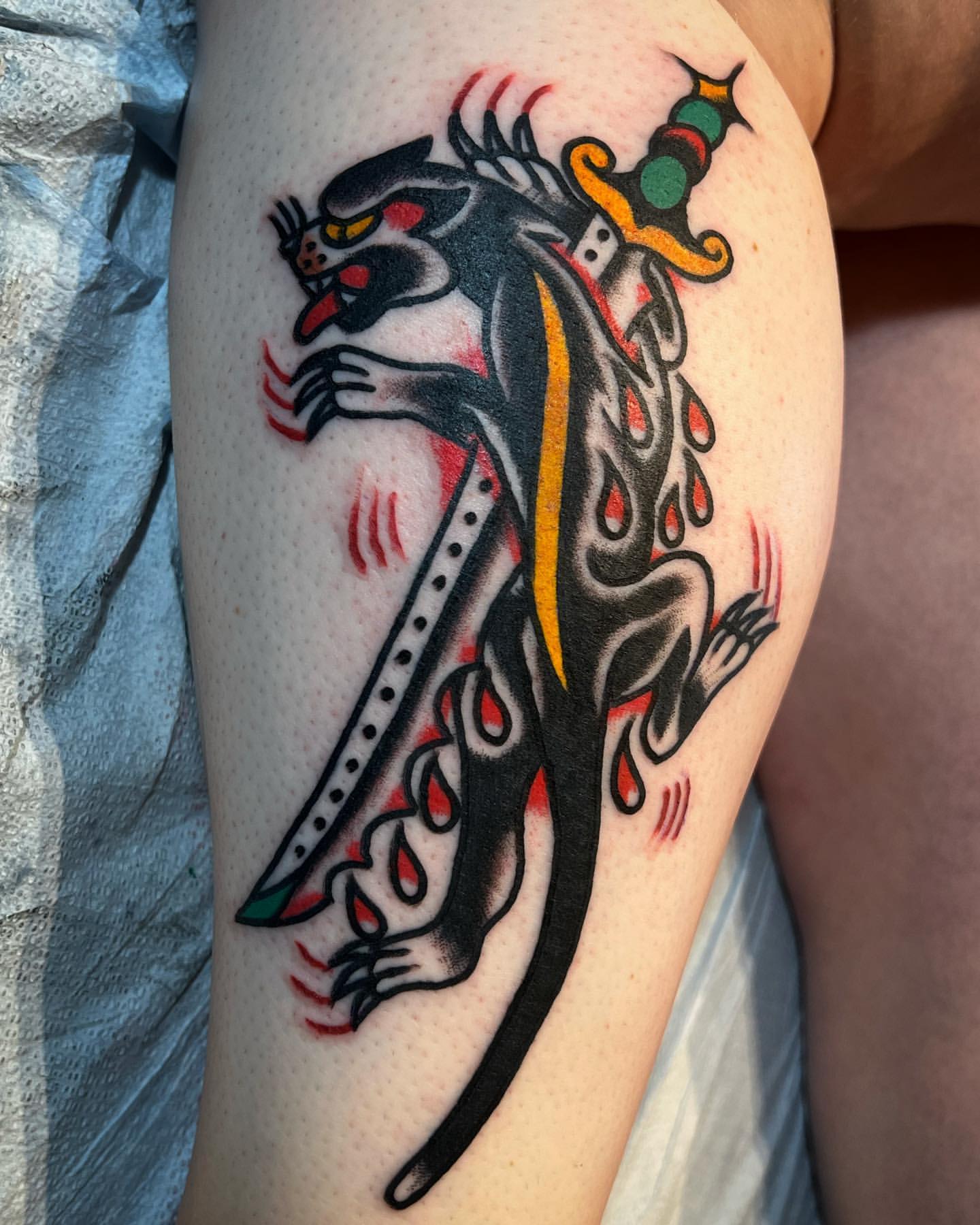
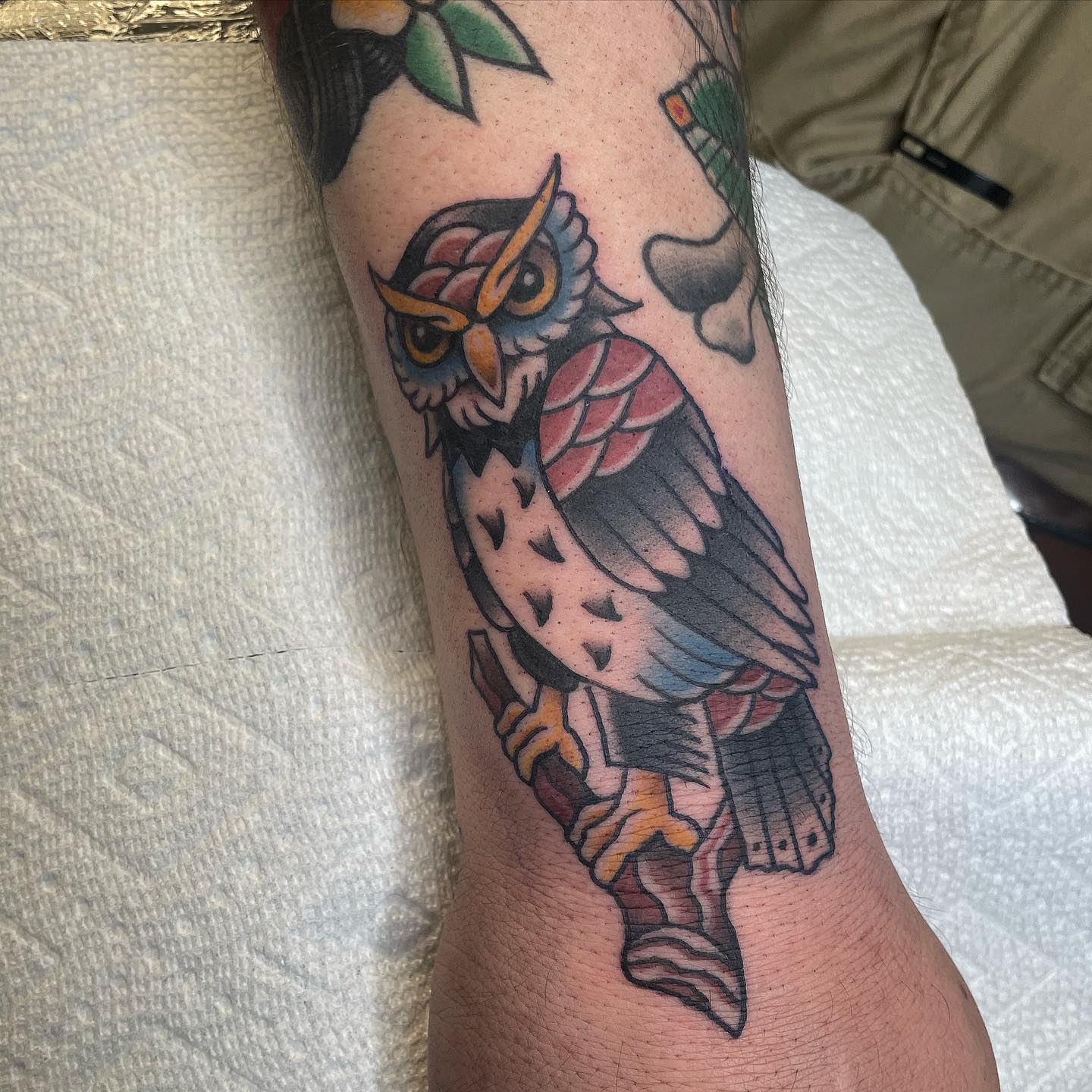
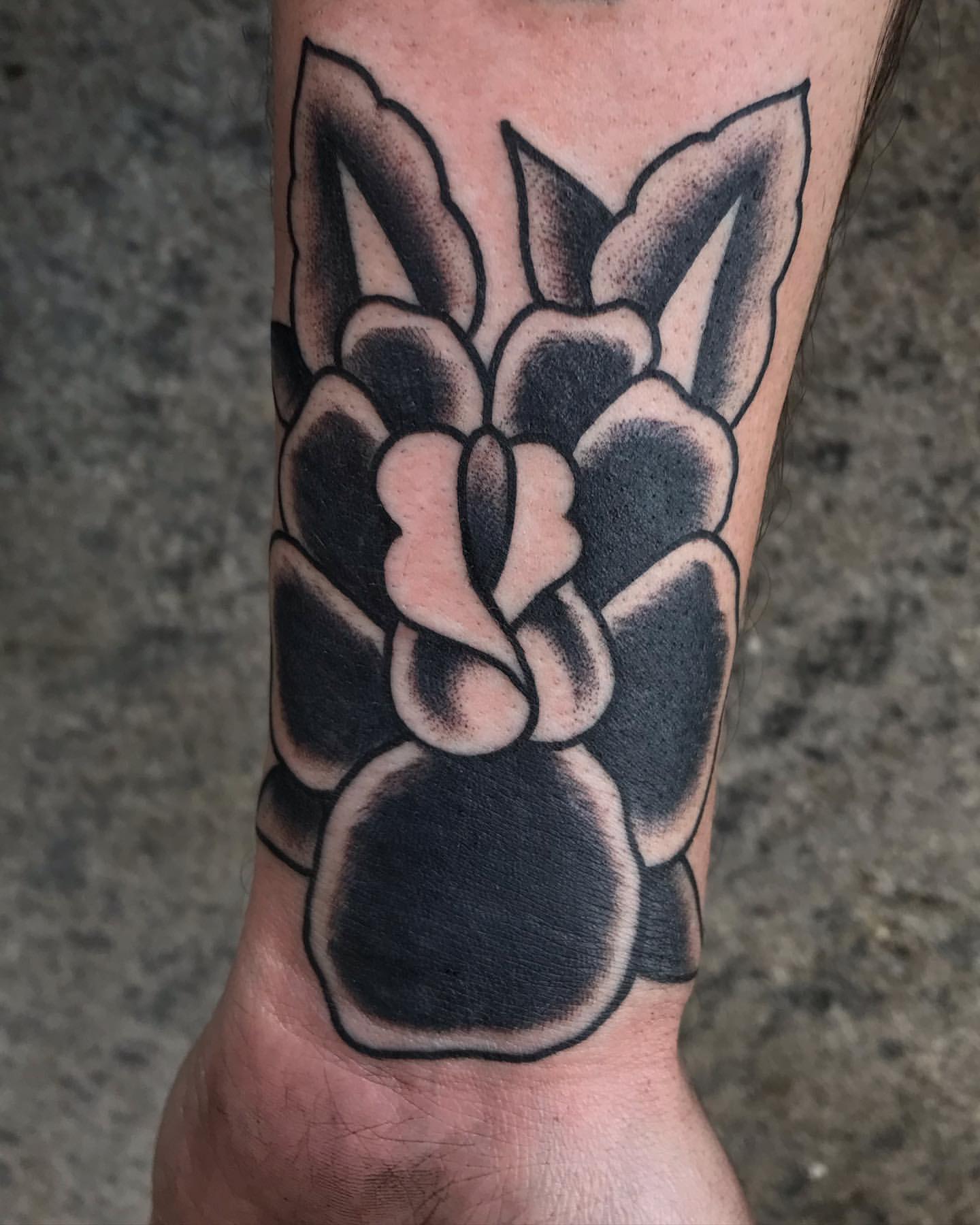
#traditionaltattoos #rosetattoo #coverup
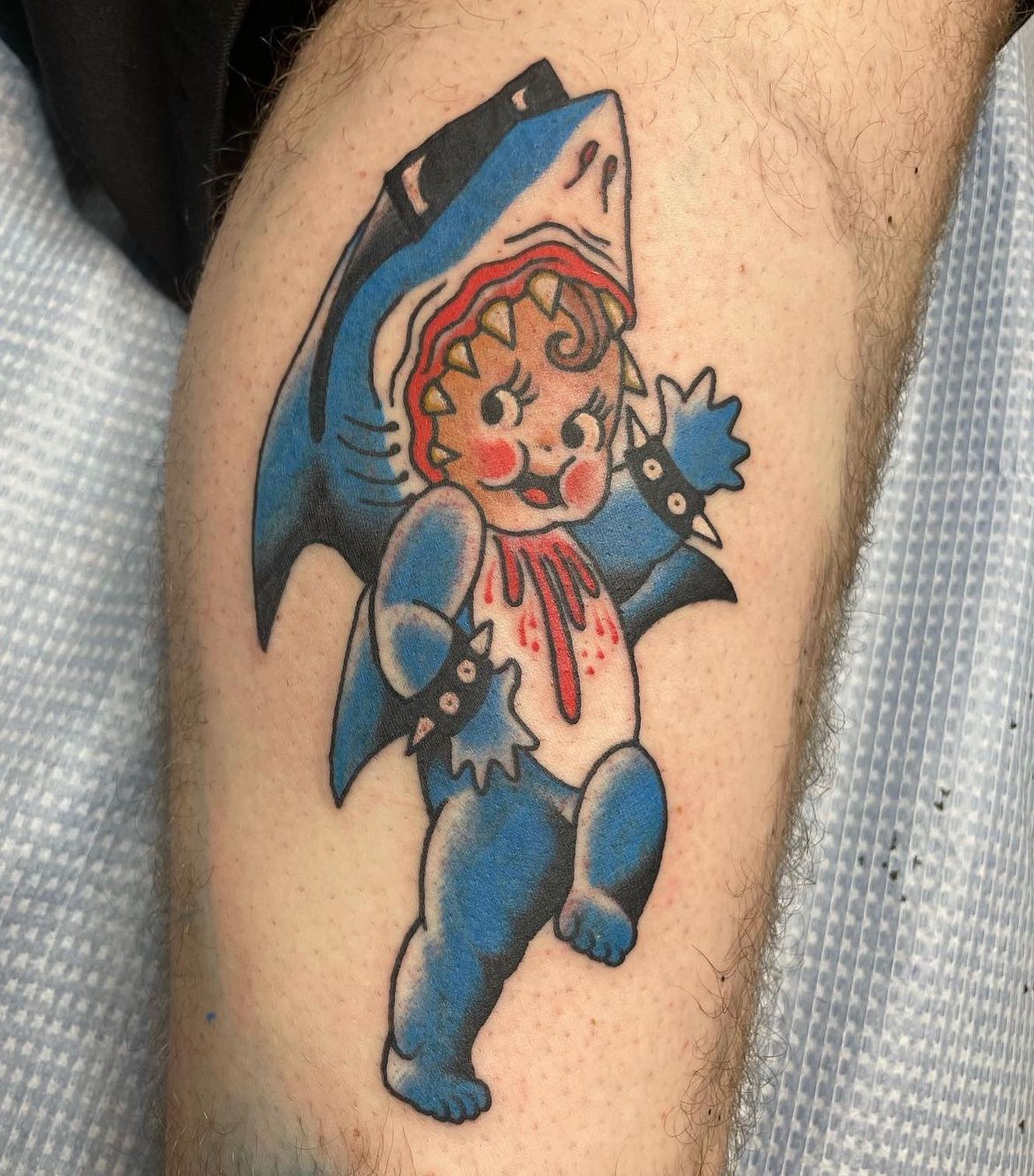
.
.
#tattoo #tattoos #keswicktattoocompany #keswicktattoo #keswick #traditionaltattoos #americantraditional #blackandgray #ink #inked #inkaddicts #brightandbold #phillytattoo #boldwillhold #tattooartist #tattooer #tattooist #customtattoo #classictattoo #skinart #oldschooltattoos #tattooing #tattooart #traditionalclub #boldtattoos #boldtattoo #classicink #radtattoos #oldworkers #realtattoos
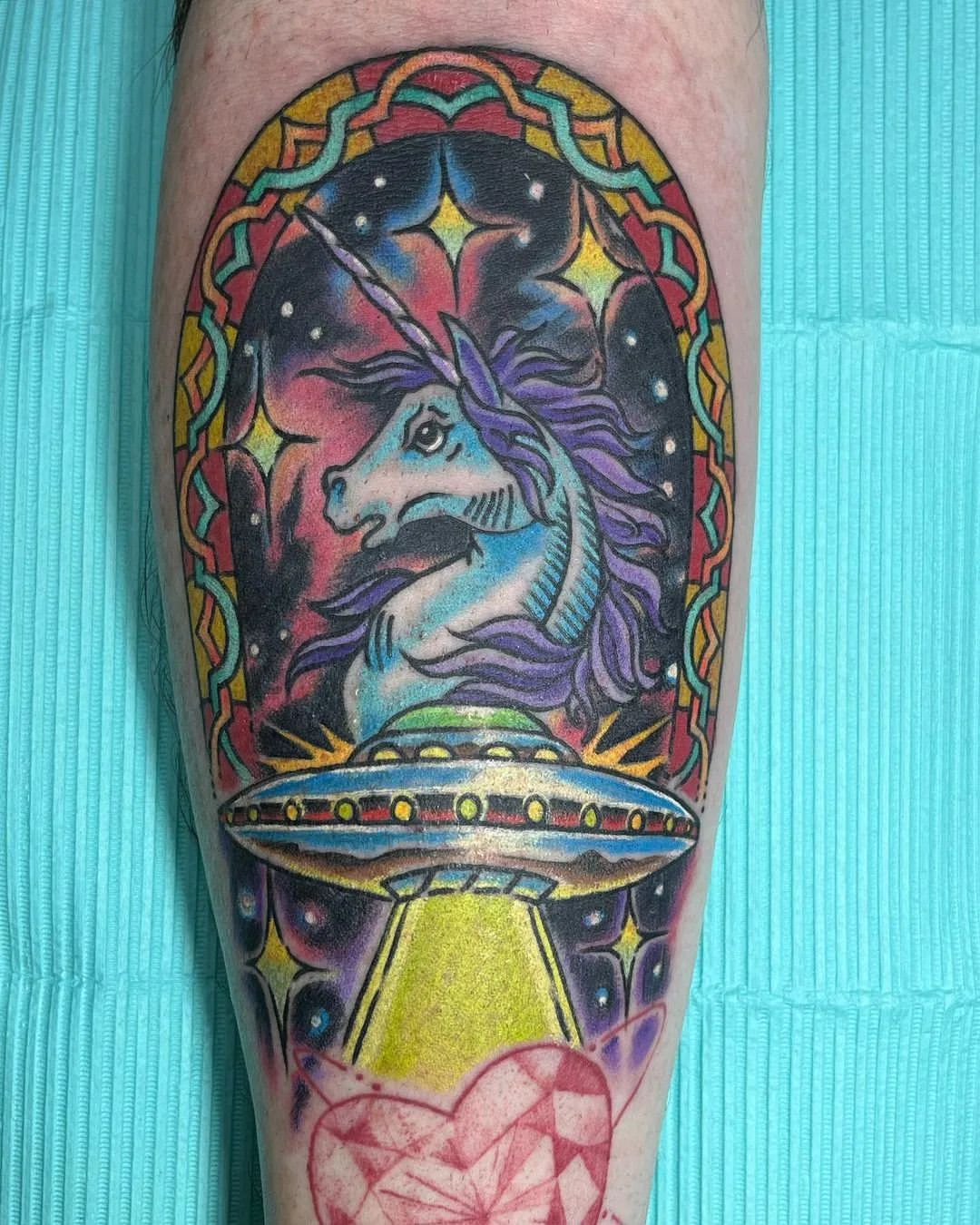
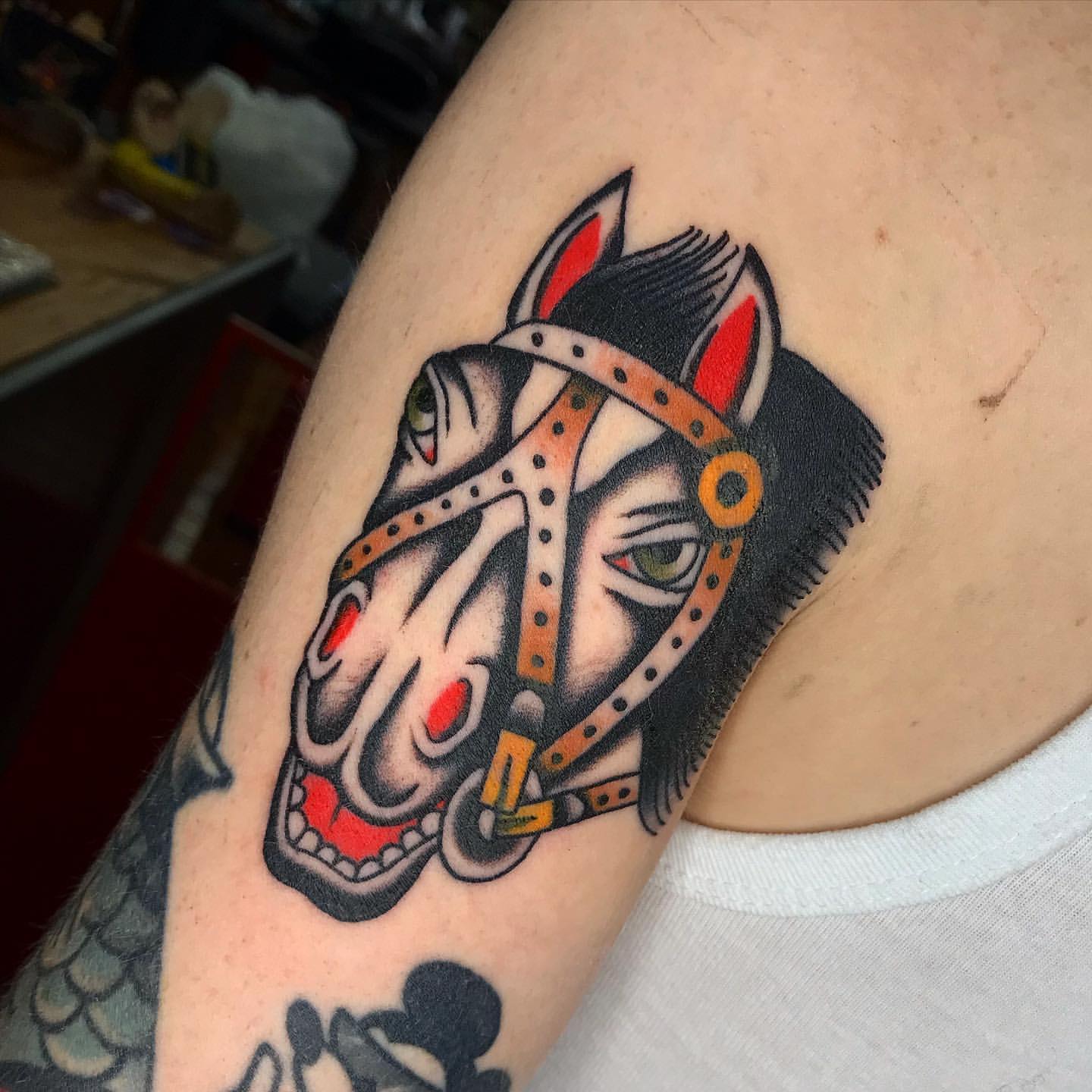
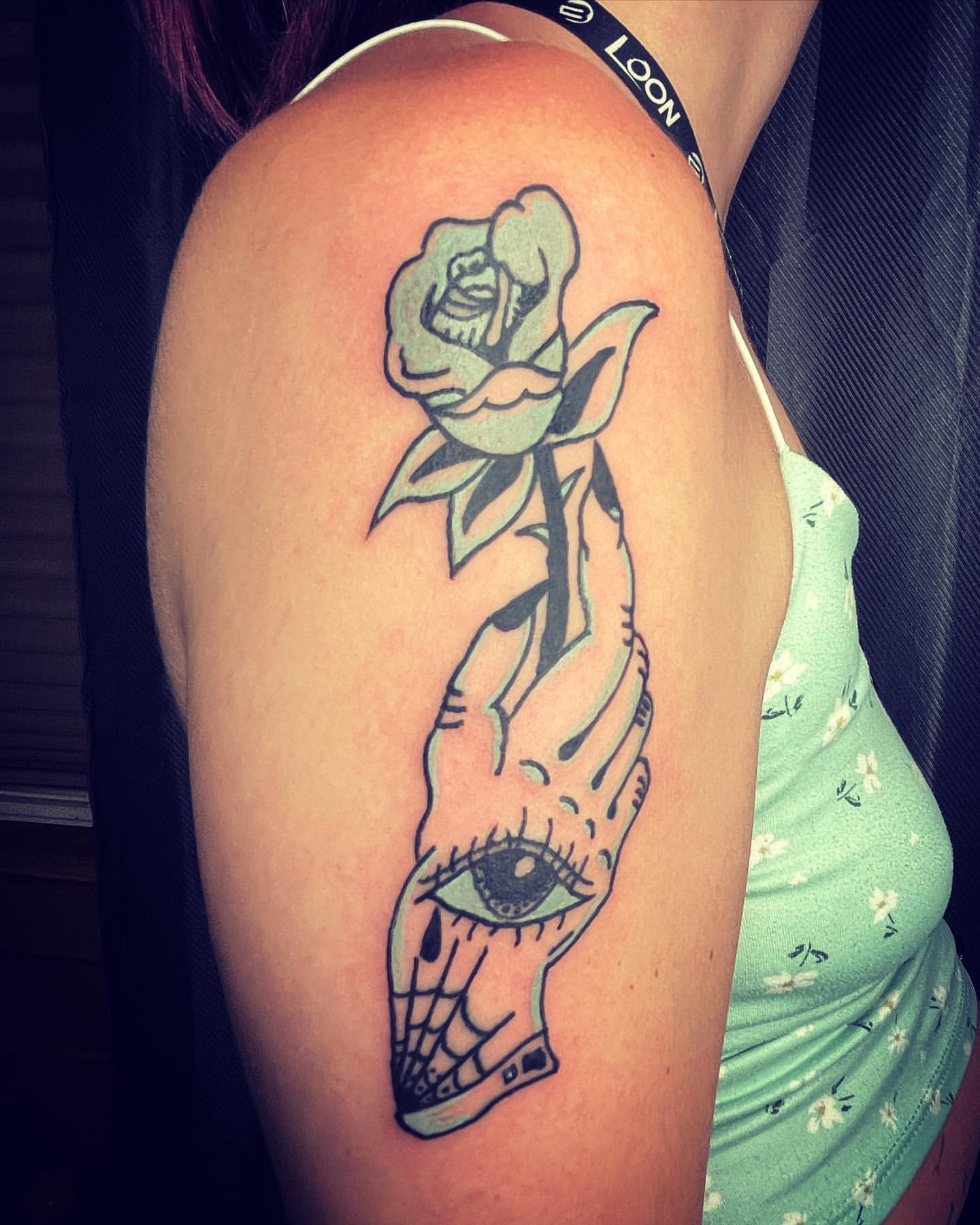

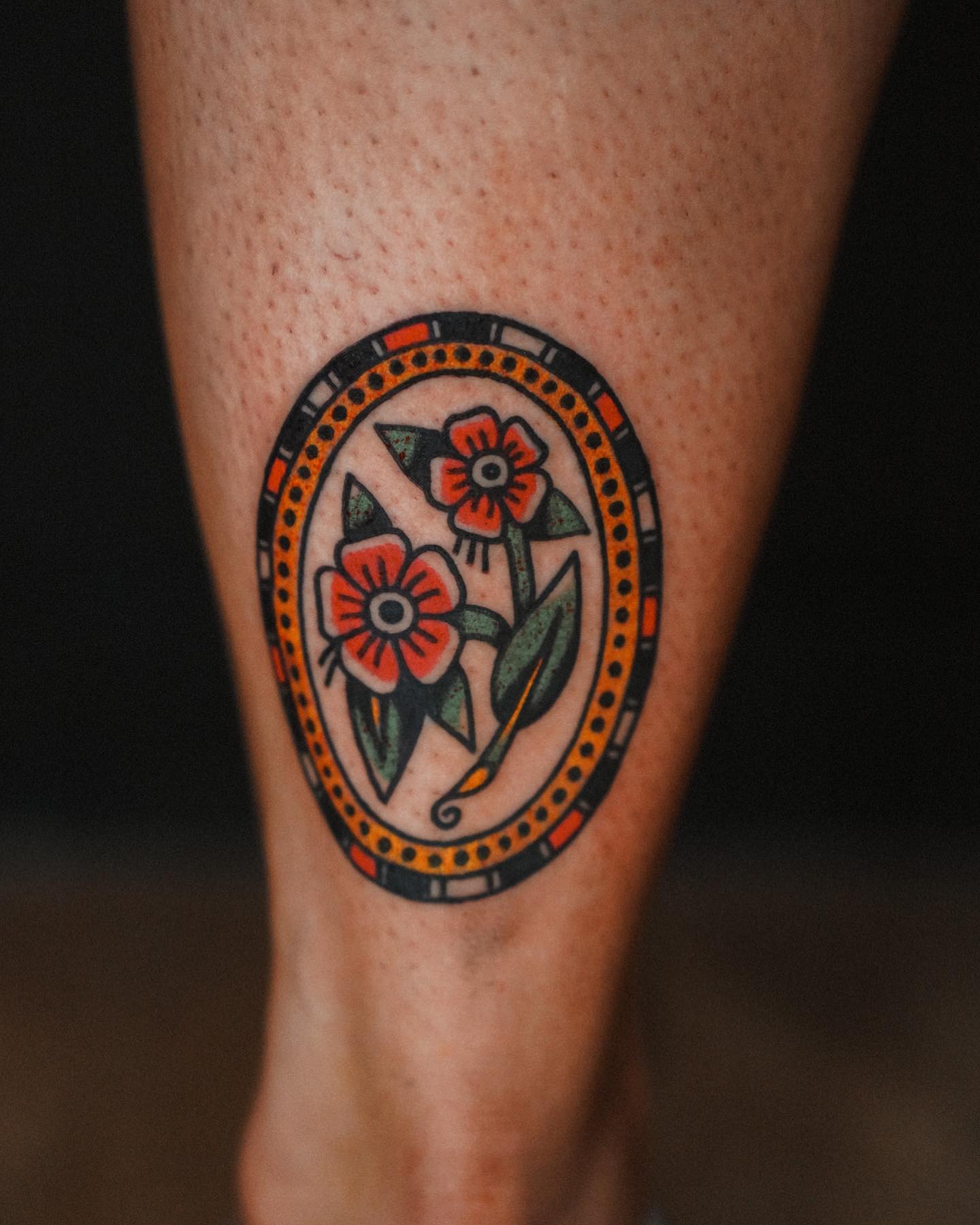
Origin of traditional tattoos
Traditional tattoos have a rich and diverse history that dates back thousands of years. The origins of traditional tattooing can be traced to different cultures around the world. Some of the earliest evidence of tattooing comes from ancient Egypt, where mummies have been discovered with ornate tattoos on their bodies. Similarly, Ötzi the Iceman, a 5,300-year-old mummy discovered in the Alps, was found to have several tattoos, suggesting that tattooing has been part of human culture since ancient times.
Historical significance of tattoos
Throughout history, tattoos have held significant cultural and societal importance. In many ancient civilizations, tattoos were a symbol of status, indicating one’s lineage or social rank. They were also used to commemorate significant life events, such as marriages or victories in battle. Tattoos could also serve as a form of protection, as it was believed that they could ward off evil spirits or provide spiritual guidance.
Cultural context of traditional tattoos
Traditional tattoos are deeply rooted in cultural practices and beliefs. Each culture has its own unique tattoo traditions and symbolism. For example, in Polynesian culture, tattoos known as “tatau” hold immense cultural significance and represent the individual’s personal and social identity. In Native American cultures, tattoos were used as a form of protection, spiritual connection, and storytelling. Understanding the cultural context behind traditional tattoos helps to appreciate the art form and its meaning.
Evolution of traditional tattoos over centuries
Traditional tattoos have evolved and adapted over centuries as cultures have intermingled, and new technologies have emerged. While the techniques and styles of tattooing have changed, the essence of traditional tattoos remains intact – they continue to represent aspects of identity, culture, and personal journeys. The globalization of tattooing has led to a fusion of styles and cultural influences, resulting in unique and diverse tattoo designs that reflect our modern world.
Understanding Traditional Tattoo Designs
Significance of different designs
Traditional tattoo designs are rich in symbolism and meaning. Each design carries its own significance, often representing personal beliefs, cultural heritage, or important life events. For example, a rose tattoo may symbolize love, while an anchor tattoo can represent stability and strength. By understanding the meanings behind different designs, individuals can choose tattoos that speak to their own personal narratives and values.
Common elements in traditional tattoos
While there is a wide range of traditional tattoo designs, certain elements are commonly found across different cultures and styles. Animals, flowers, mythical creatures, and religious symbols are often incorporated into traditional tattoo designs. These elements connect individuals to specific cultural narratives and add depth to the storytelling aspect of tattooing.
Individual story-telling through tattoos
One of the most captivating aspects of traditional tattoos is their ability to tell individual stories. Each tattoo carries a unique narrative, whether it reflects personal experiences, cultural heritage, or spiritual beliefs. Traditional tattoo designs provide individuals with a medium to express their identity and share their journey with the world. From scars to triumphs, tattoos serve as a permanent reminder of one’s personal history and growth.
Traditional Tattoo Techniques
Hand tapping
Hand tapping, also known as hand poke tattooing or stick and poke, is one of the oldest and most traditional tattoo techniques. This method involves manually inserting ink into the skin using a needle or sharpened stick. Hand tapping requires precision and control, making it a popular choice for delicate and intricate designs. Today, hand tapping is experiencing a resurgence, as many individuals appreciate the unique, handcrafted quality it brings to traditional tattooing.
Tebori
Tebori is a traditional Japanese tattooing technique that involves using handheld tools to insert ink into the skin. Unlike machine-based tattooing, Tebori relies on the skill and control of the artist’s hand movements. Tebori allows for softer shading, smoother lines, and a more nuanced approach to tattooing. This technique is highly respected within the Japanese tattoo community and is sought after by those looking for an authentic, traditional Japanese tattoo experience.
Needle and ink
The needle and ink method, commonly known as machine tattooing, revolutionized the world of tattooing in the late 19th century. This technique involves using an electric tattoo machine to rapidly puncture the skin, depositing ink in the process. Machine tattooing allows for greater precision, speed, and a wider range of tattoo styles. It is the most common technique used in modern tattoo studios, providing artists with ample flexibility and control over their designs.
Electric machine
Electric tattoo machines have become the standard tool in modern tattoo studios. These machines utilize oscillating needles powered by a motor to rapidly puncture the skin and deposit ink. Electric machines offer artists a high level of control, allowing for precise linework, shading, and color saturation. This technology has significantly increased the speed and efficiency of the tattooing process, enabling artists to create intricate designs with ease.
Symbolism in Traditional Tattoos
Animals as symbols
Animals hold significant symbolic meaning in traditional tattooing. Different animals represent various qualities or attributes. For example, a lion tattoo might symbolize strength and courage, while a bird tattoo can symbolize freedom and spirituality. By incorporating animal symbolism into traditional tattoos, individuals can convey specific traits or align themselves with the characteristics associated with a particular animal.
Power and status representation
Traditional tattoos have often been used to signify power, status, or achievements. In many cultures, tattoos were reserved for individuals of high social standing or those who had accomplished significant feats. These tattoos served as markers of prestige, showcasing the individual’s accomplishments or affiliations. Today, traditional tattoos can still be seen as symbols of personal achievements or as a display of one’s personal power or resilience.
Religious significance
Religion has played a significant role in shaping traditional tattoo designs and their symbolism. Religious tattoos often serve as a visual representation of one’s faith or spiritual beliefs. For example, in Christianity, a cross tattoo may symbolize devotion or an act of religious affirmation. Similarly, Buddhist tattoos often feature sacred symbols, such as the lotus flower or the Dharma wheel, signifying enlightenment and spiritual awakening.
Life cycle and death markings
Traditional tattoos can also mark important life events or serve as a remembrance of loved ones. In some cultures, tattoos are used to celebrate rites of passage, such as reaching adulthood or getting married. Tattoos can also commemorate the memory of a deceased loved one, preserving their legacy and providing a source of comfort. These tattoos often incorporate symbols associated with the cycle of life, such as flowers, wings, or dates of birth and death.
Traditional Tattoos around the World
Polynesian tattoos
Polynesian tattoos, known as tatau in the native language, are deeply ingrained in Polynesian culture. They hold immense significance and are believed to connect individuals to their ancestors and spiritual forces. Polynesian tattoos feature intricate patterns and geometric shapes, representing various aspects of life, including family, nature, and spiritual harmony. The process of receiving a Polynesian tattoo is seen as a sacred ritual, fostering a deep connection with one’s cultural heritage.
Native American tattoos
Tattooing has a long history in Native American culture, serving as a means of cultural identity and spiritual expression. Native American tattoos often incorporate symbols specific to the tribe’s traditions and beliefs. These tattoos can represent strength, protection, or spiritual connection to nature and the elements. For Native Americans, tattoos are a powerful symbol of resilience and cultural heritage, reflecting their deep connection to their tribe and ancestors.
Maori tattoos in New Zealand
Maori tattoos, known as moko, are a traditional form of tattooing practiced by the indigenous Maori people of New Zealand. Moko is a deeply symbolic art form that represents an individual’s genealogy, tribal affiliation, and social status. Each moko design is unique to the wearer and tells a personal story. Maori tattoos are characterized by intricate patterns and curved lines, often covering the face and body. They hold immense cultural significance, reinforcing the wearer’s connection to their Maori heritage.
Sak Yant tattoos in Thailand
Sak Yant tattoos are an ancient form of tattooing in Thailand, deeply rooted in Buddhist and animist beliefs. These tattoos are performed by Buddhist monks or spiritual masters and are believed to bring blessings, protection, and good fortune to the wearer. Each Sak Yant design carries its own symbolic meaning, such as strength, wisdom, or luck. These tattoos are considered sacred and are often accompanied by specific rituals and blessings, making them an important aspect of Thai culture and spirituality.
Role of Tattoos in Social and Cultural Identity
Tattoos as rites of passage
In many cultures, tattoos play a crucial role in marking significant life events or transitions. Tattoos can serve as rites of passage, indicating a transition from one stage of life to another. For example, in Polynesian culture, receiving a tattoo is seen as a coming-of-age ritual, symbolizing a young person’s journey into adulthood. These tattoos serve as a visual representation of the individual’s readiness to take on new responsibilities and embrace their cultural identity.
Tattoos as markers of societal roles or accomplishments
Traditional tattoos have historically been used as markers of societal roles or achievements. In certain cultures, tattoos are reserved for those who have attained a specific status or accomplishment. For example, in Japanese culture, the Yakuza, a notorious organized crime syndicate, use tattoos to symbolize their membership and hierarchy within the organization. In this context, tattoos serve as visual indicators of one’s social standing or affiliation.
Tattoos as expressions of personal identity or beliefs
Many individuals today choose tattoos as a means of expressing their personal identity or beliefs. Tattoos can be deeply personal and carry profound significance for the wearer. They allow individuals to visually communicate aspects of themselves that may not be easily expressed through words alone. Tattoos can be a statement of personal values, political beliefs, or even acts of self-love and empowerment. Through tattooing, individuals can create a visual representation of their authentic selves.
The Color Palette of Traditional Tattoos
Use of bold and vibrant colors
Traditional tattoos are known for their use of bold and vibrant colors. Bright reds, yellows, blues, and greens are often incorporated to make the designs visually striking and eye-catching. These colors not only capture attention but also hold specific symbolic meanings within traditional tattoo designs. Vibrant colors can represent emotions, elements of nature, or cultural significance, adding depth and life to the artwork.
Symbolism of colors
Colors in traditional tattoos can hold symbolic meanings. For example, red often represents passion or love, while blue can symbolize tranquility or spirituality. Different cultures may have their own interpretations of color symbolism, adding cultural context and personal significance to the tattoo design. Understanding the symbolism behind colors in traditional tattoos enhances the storytelling aspect and allows for a deeper appreciation of the art form.
Predominant colors in different cultures
Different cultures have their own preferences when it comes to color choices in traditional tattoos. For example, Polynesian tattoos often incorporate black ink with occasional use of red or yellow. In contrast, Japanese traditional tattoos frequently employ a wide range of colors, including vibrant shades of red, green, and blue. The choice of colors within traditional tattoos reflects cultural aesthetics and preferences specific to each culture’s artistic traditions.
The shift towards monochrome
In recent years, there has been a growing trend towards monochrome or blackwork tattoos. These tattoos predominantly use black ink to create bold, high-contrast designs. Monochrome tattoos can be particularly effective in highlighting intricate linework and intricate details. While the use of vibrant colors remains popular in traditional tattoos, monochrome tattoos offer a unique and minimalist approach that showcases the beauty of black ink.
The Resurgence of Traditional Tattoos
Influence of popular culture
Traditional tattoos have experienced a resurgence in popularity in recent decades, due in part to the influence of popular culture. Celebrities adorned with traditional tattoos, such as musicians, actors, and athletes, have played a key role in making traditional tattoo styles more mainstream and appealing to a wider audience. The increased visibility of traditional tattoos in popular culture has normalized and brought new appreciation to this timeless art form.
Revival of traditional practices
Alongside the influence of popular culture, there has been a revival of traditional tattoo practices in recent years. Many tattoo artists and enthusiasts have sought out traditional tattooing techniques, such as hand tapping and Tebori, as a way to connect with the historical roots of tattooing. This resurgence has led to a renewed interest in the craftsmanship and cultural significance behind traditional tattoos.
Tattoo tourism
Tattoo tourism has become an increasingly popular trend among individuals seeking traditional tattoos. As people become more interested in exploring diverse tattoo traditions from around the world, they are traveling to different countries to receive traditional tattoos from renowned tattoo artists. Tattoo tourism not only allows individuals to acquire unique and culturally significant tattoos but also fosters cultural exchange and appreciation for traditional tattooing practices on a global scale.
Traditional Tattoo Aftercare and Maintenance
Proper cleaning techniques
After getting a traditional tattoo, proper cleaning techniques are essential to ensure proper healing and minimize the risk of infection. It is advised to gently clean the tattoo with mild soap and warm water, avoiding harsh cleaners or excessive scrubbing. After washing, pat the tattoo dry with a clean towel and avoid rubbing or picking at the healing tattoo.
Moisturization for longevity
Moisturizing the tattoo is crucial for preventing dryness and promoting healing. Applying a thin layer of tattoo-friendly moisturizer, such as unscented lotion or specialized tattoo aftercare products, helps to keep the skin hydrated. Regular moisturization helps to prevent the tattoo from becoming dry and flaky, which can lead to fading or uneven healing.
Tattoo touch-ups
Over time, traditional tattoos may require touch-ups to maintain their vibrancy and detail. Tattoos can fade or lose clarity due to factors such as sun exposure, aging, or improper aftercare. Touch-ups involve revisiting the tattoo and reapplying ink to areas that may have faded or lost color. It is essential to consult with a professional tattoo artist to ensure proper touch-up procedures and maintain the longevity of the tattoo.
Understanding the effects of sun exposure
Exposure to the sun’s ultraviolet (UV) rays can fade and damage traditional tattoos over time. It is crucial to protect the tattoo from excessive sun exposure by applying sunscreen (preferably SPF 30 or higher) when going outside. It is advisable to wear loose clothing or use sun-protective clothing to shield the tattoo from direct sunlight. Regularly using appropriate sun protection helps to preserve the longevity and vibrancy of traditional tattoos.
In conclusion, traditional tattoos have a rich history, cultural significance, and a wide array of artistic styles. They hold immense importance in various cultures worldwide and continue to evolve and adapt to our modern times. Whether it’s through hand tapping, tribal designs, or vibrant colors, traditional tattoos provide a way for individuals to express their personal narratives, cultural identities, and spiritual beliefs. With the resurgence of traditional practices, the influence of popular culture, and the growing interest in tattoo tourism, traditional tattoos have found a place of universal appeal and appreciation. Proper aftercare and maintenance ensure that these deeply meaningful tattoos remain vibrant and on display for years to come.
